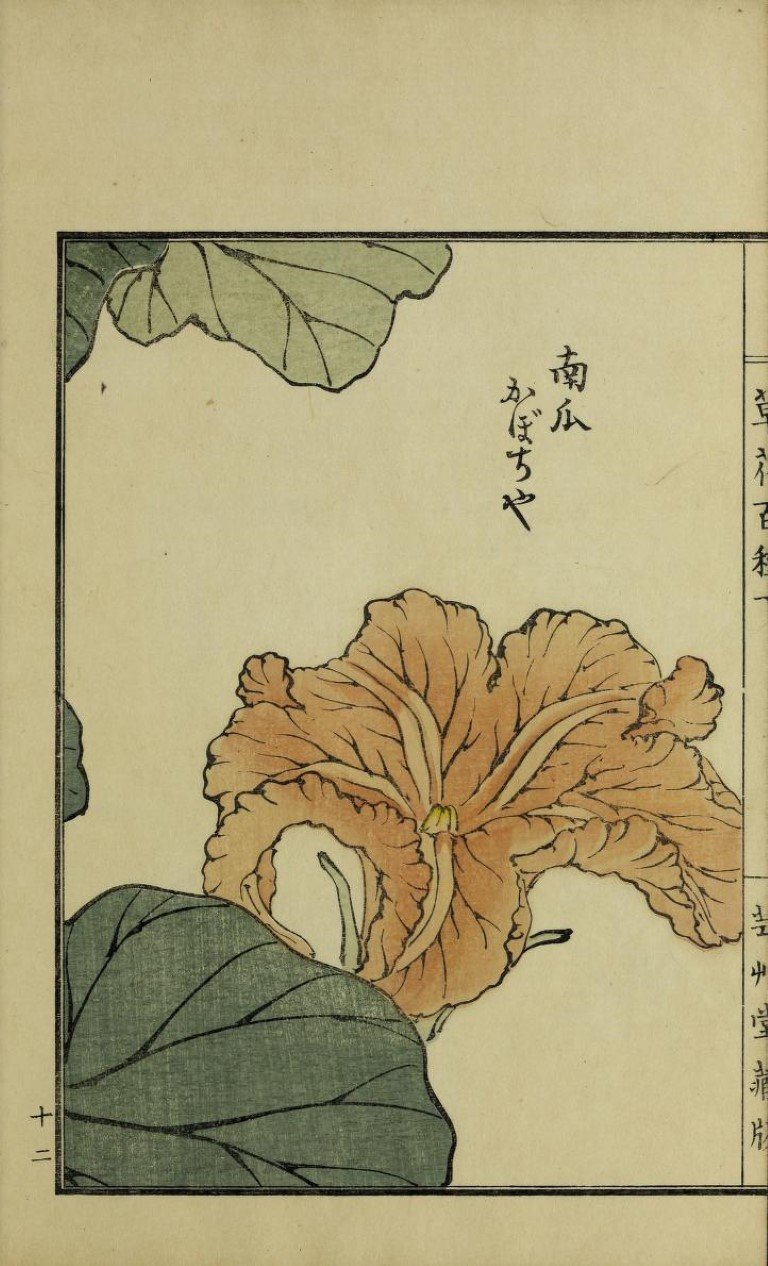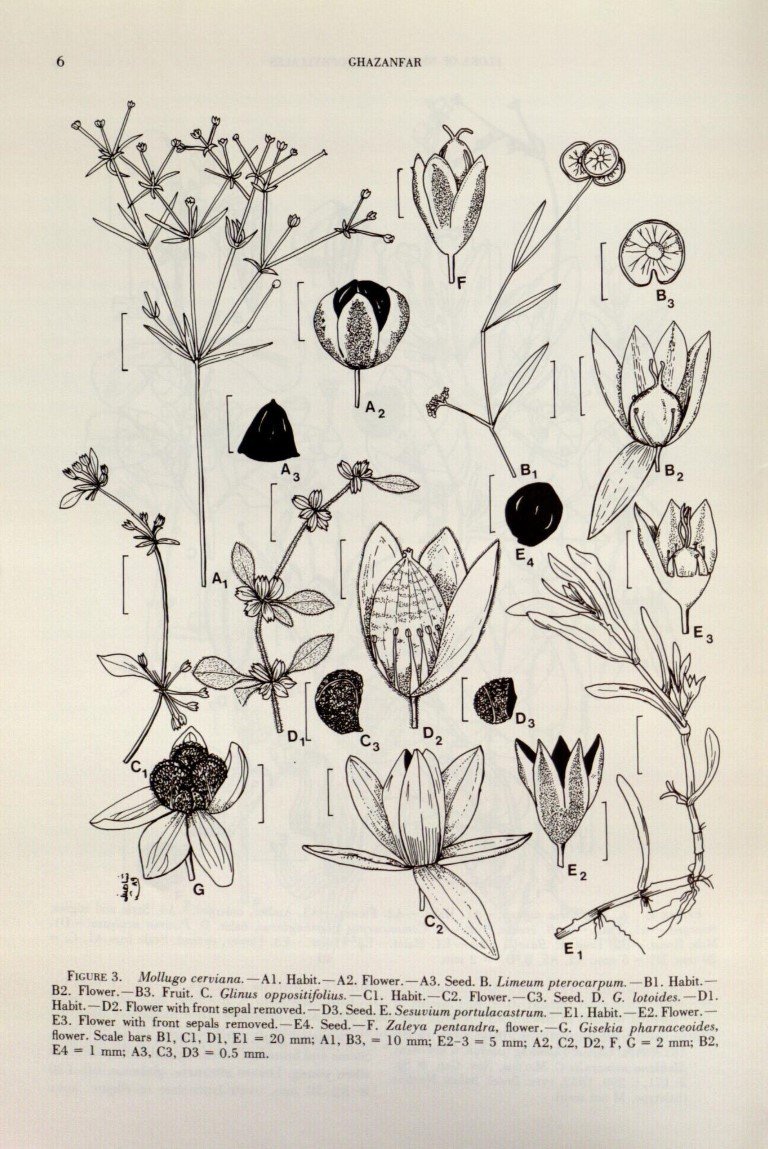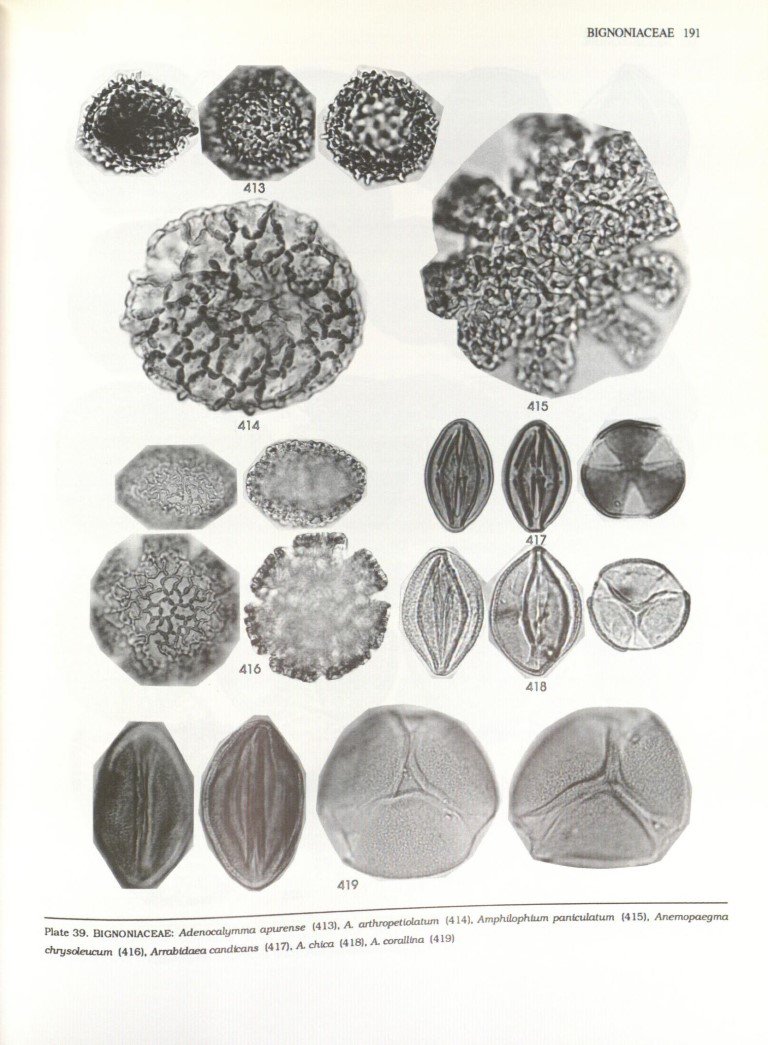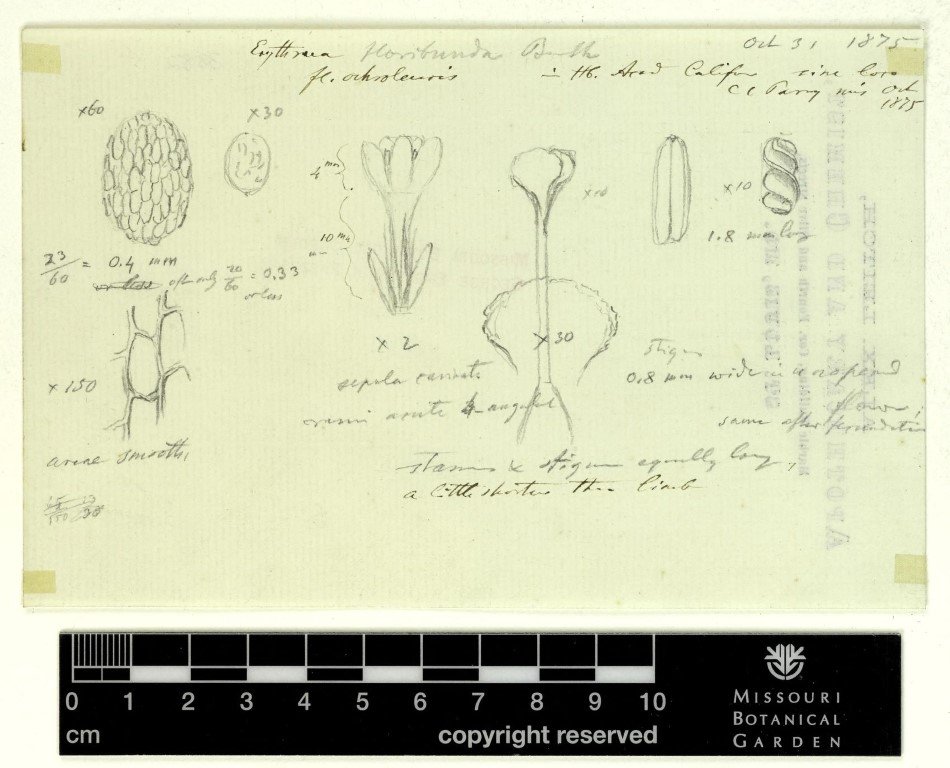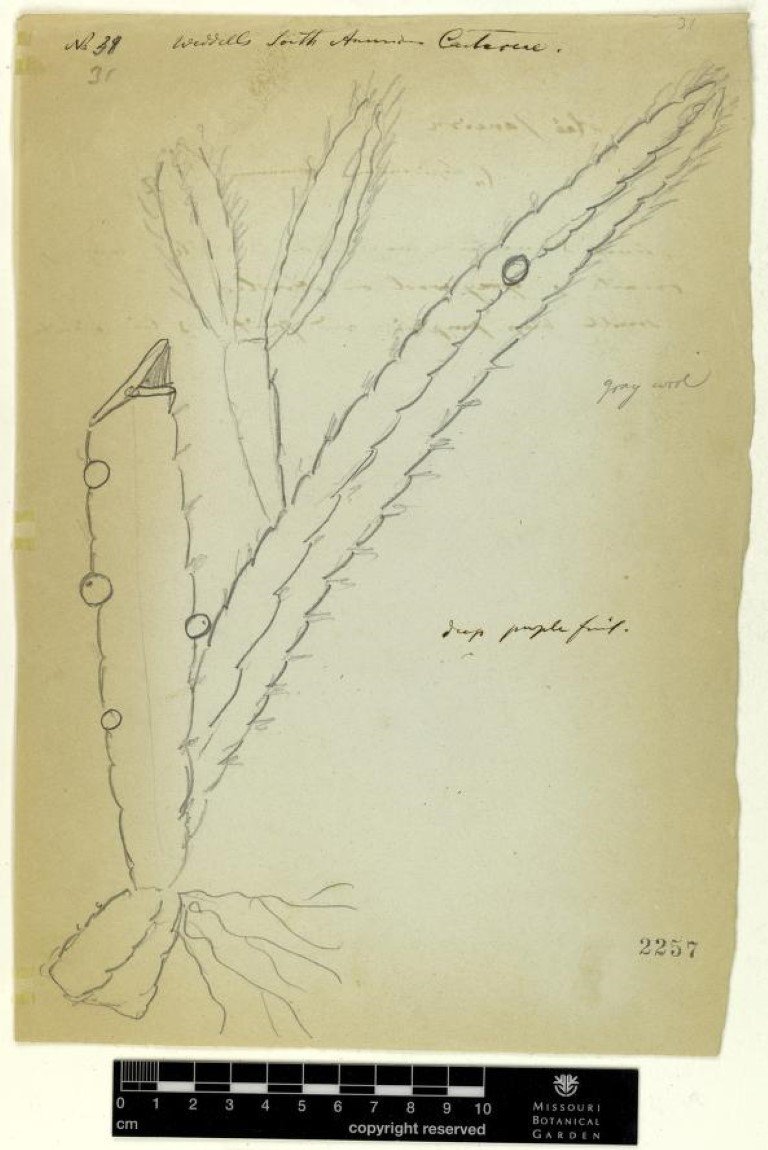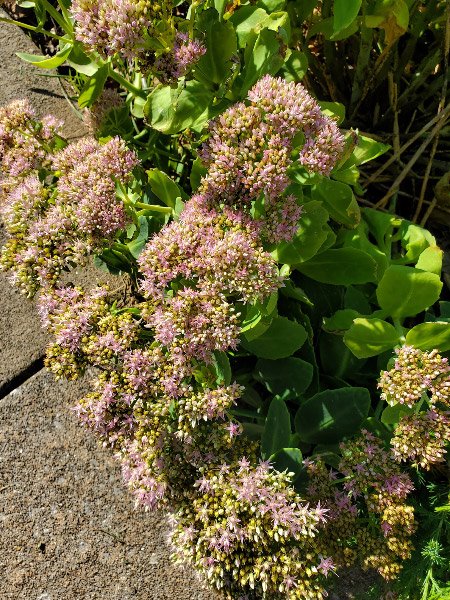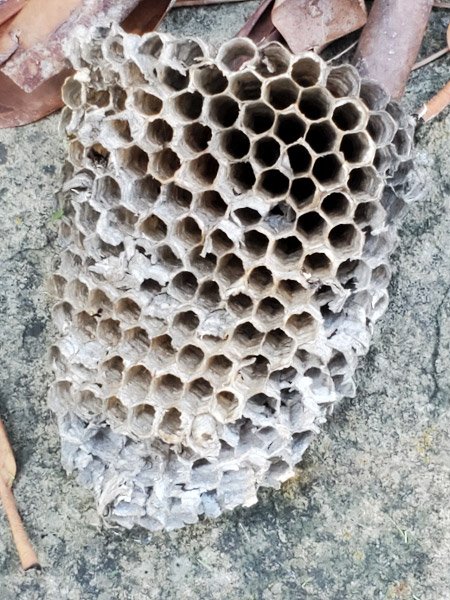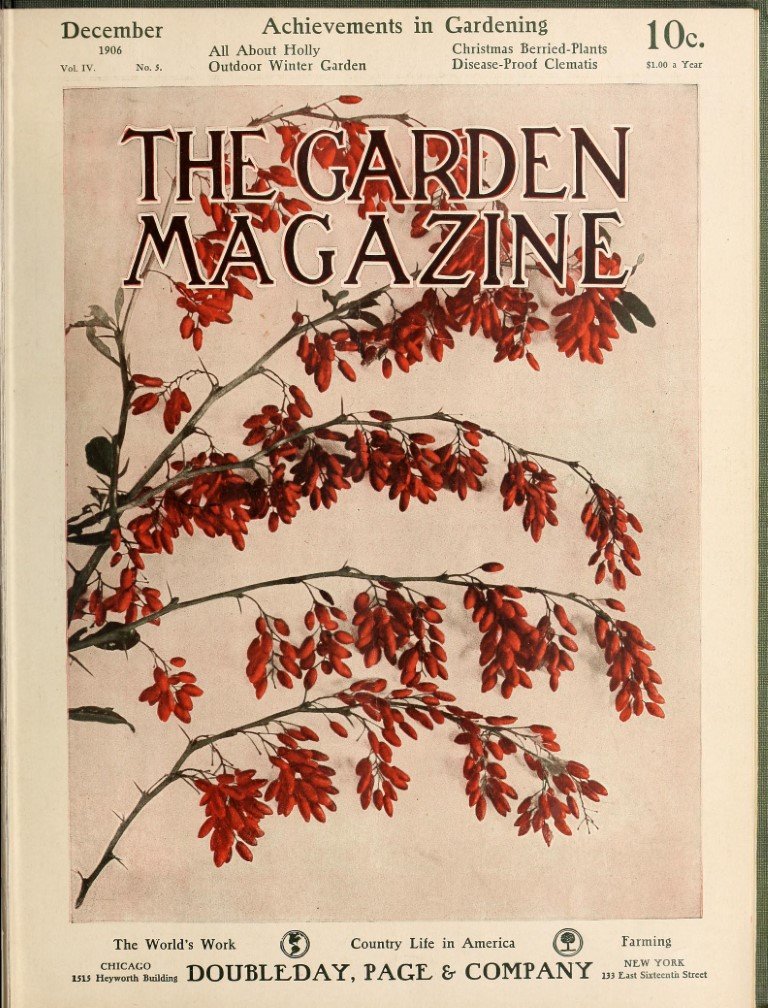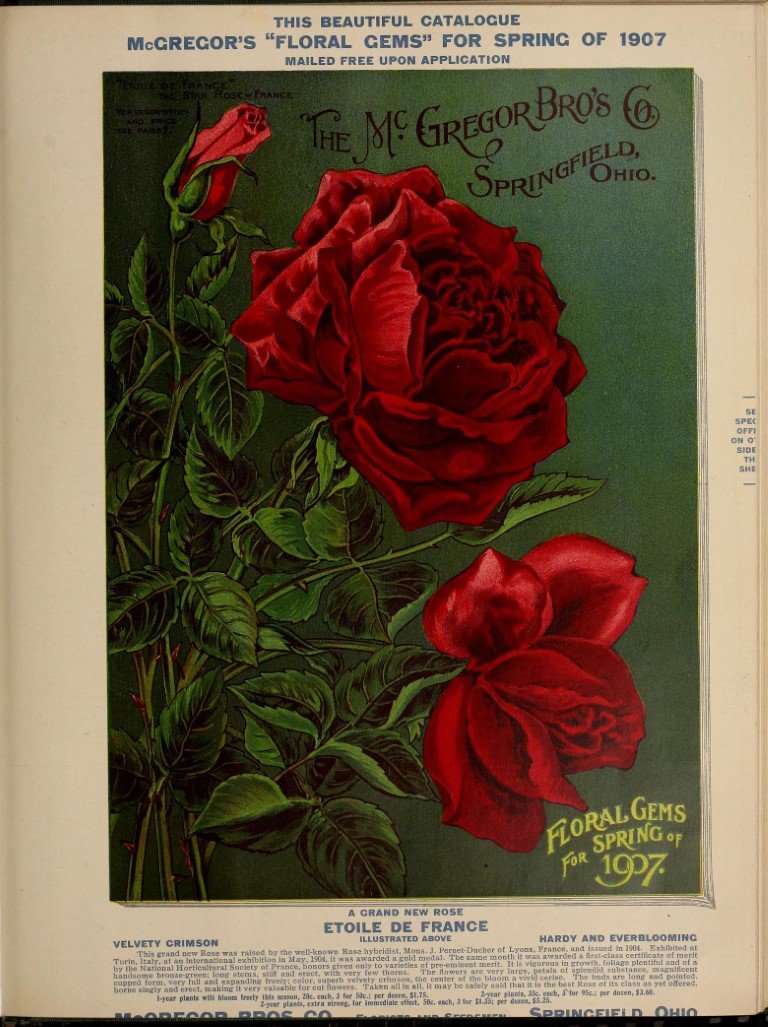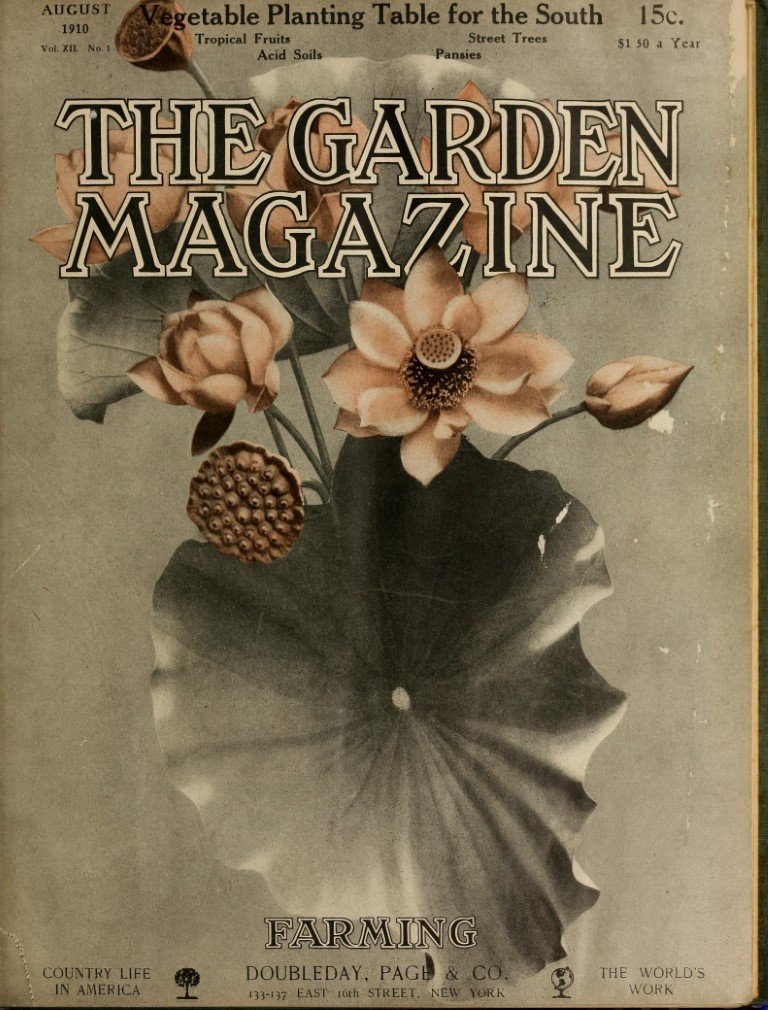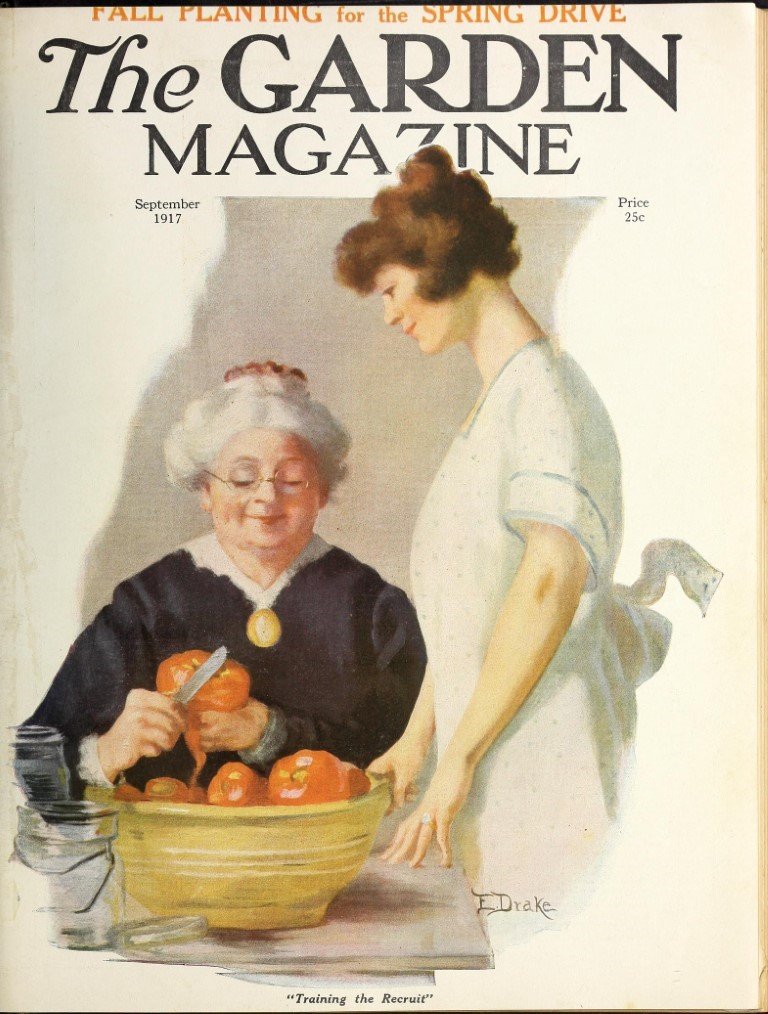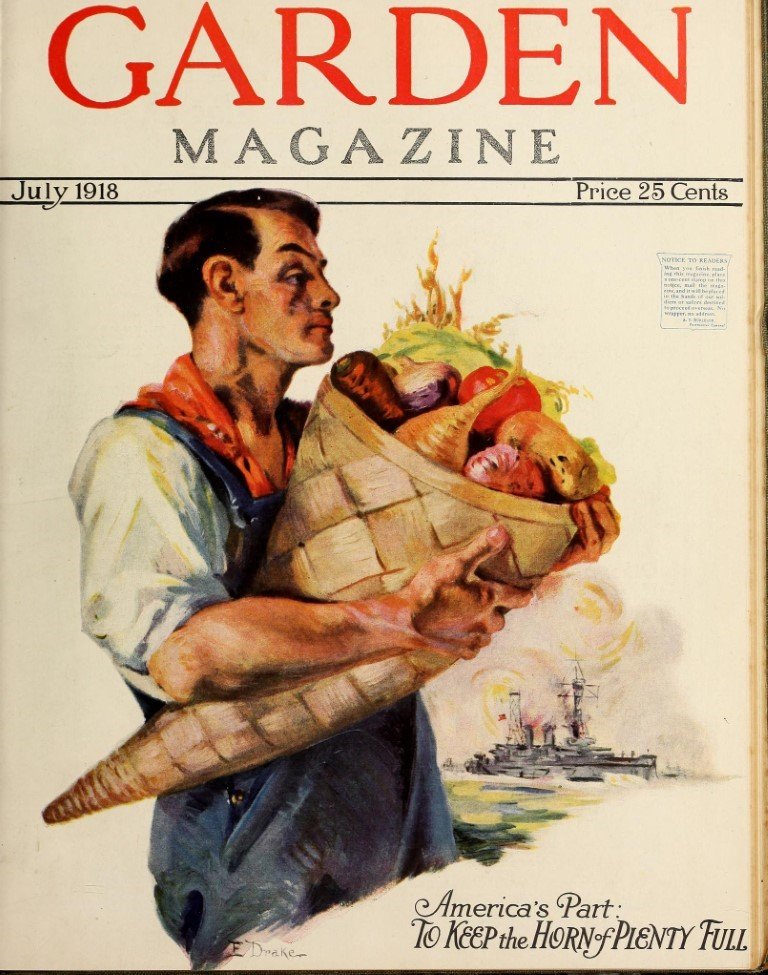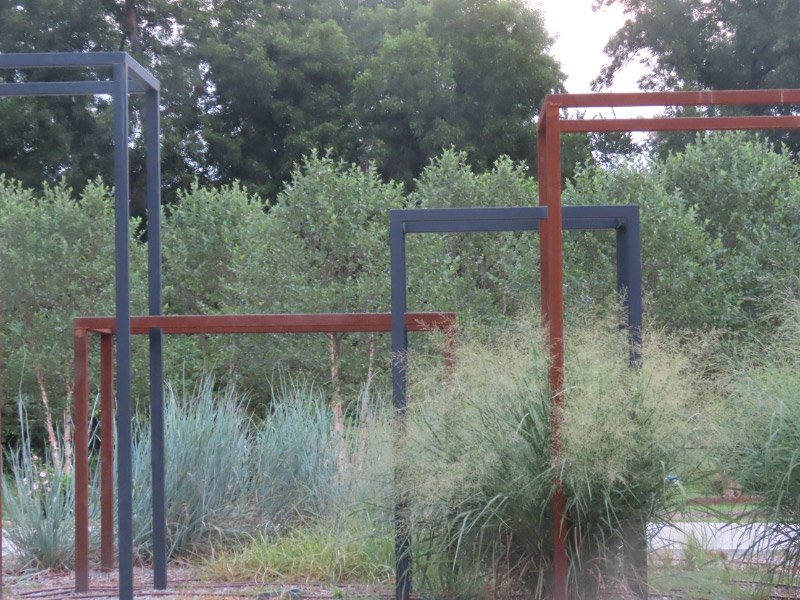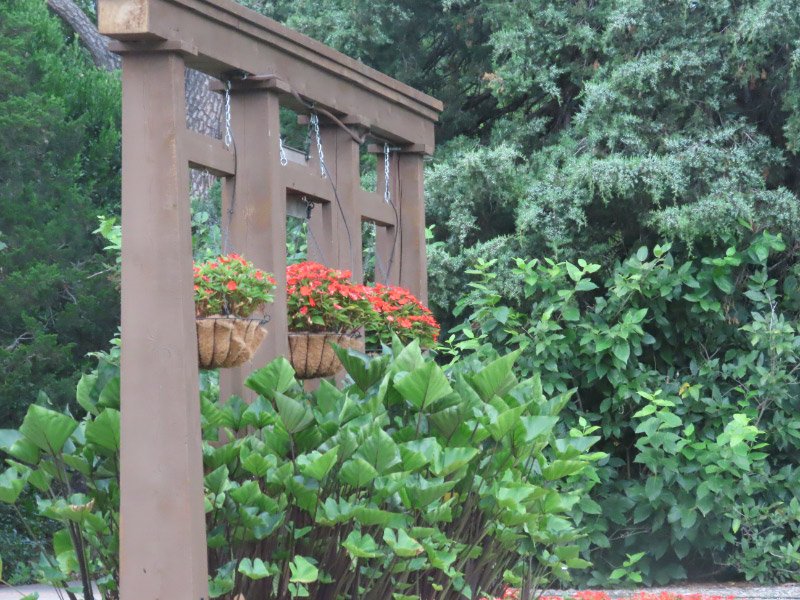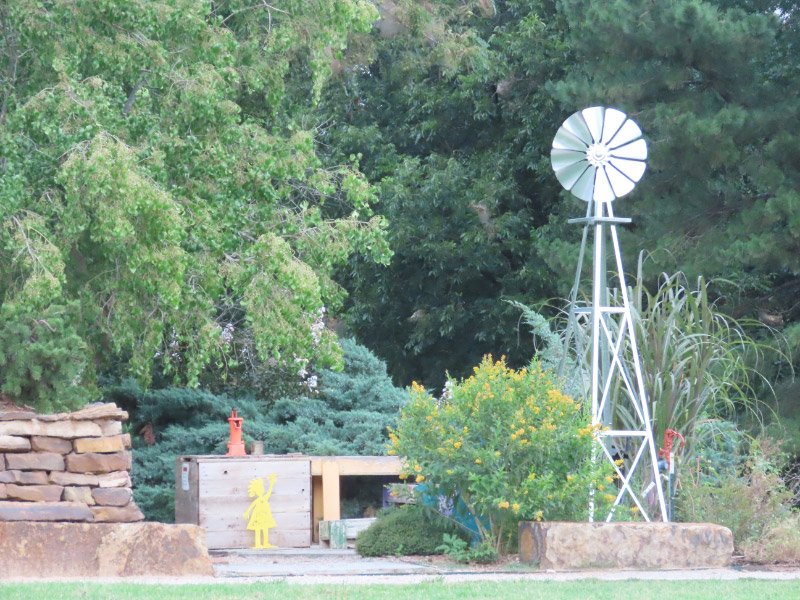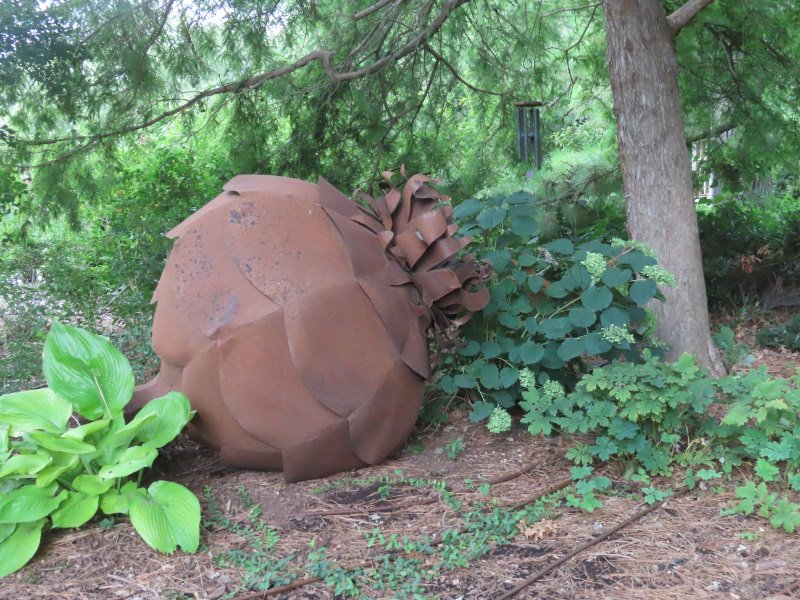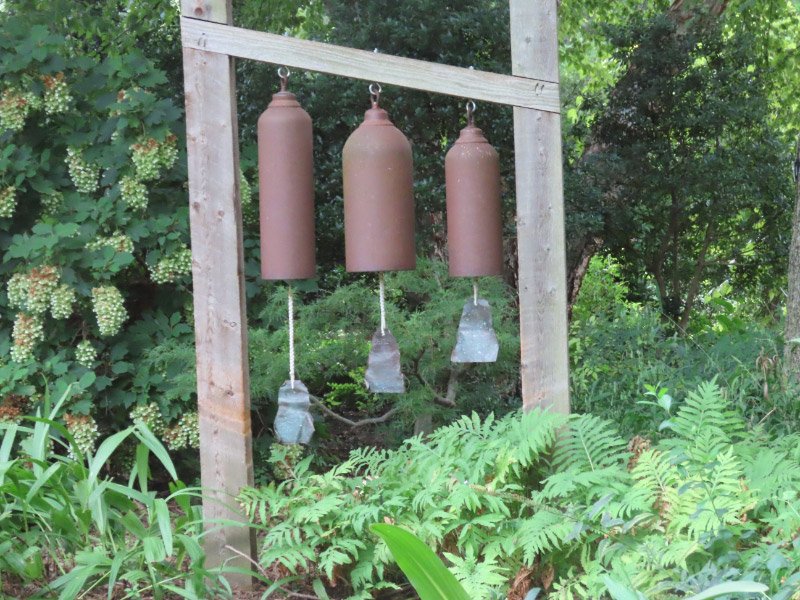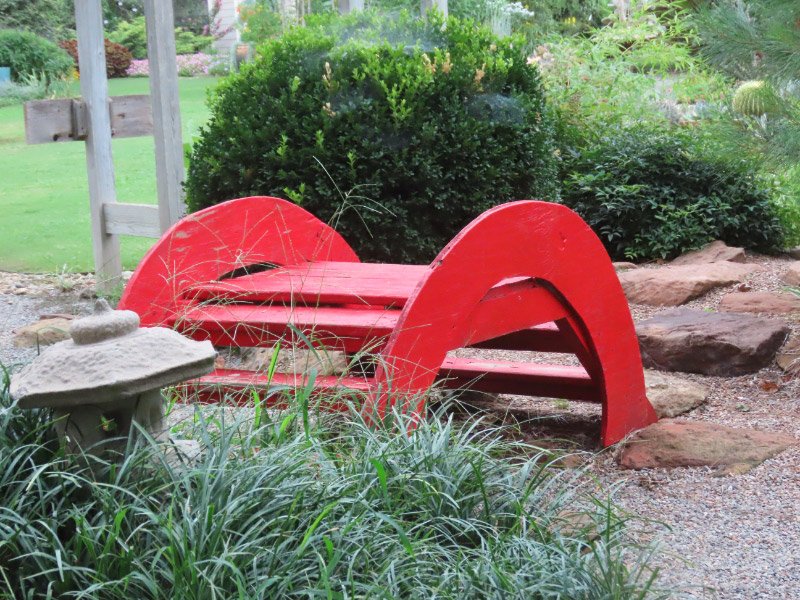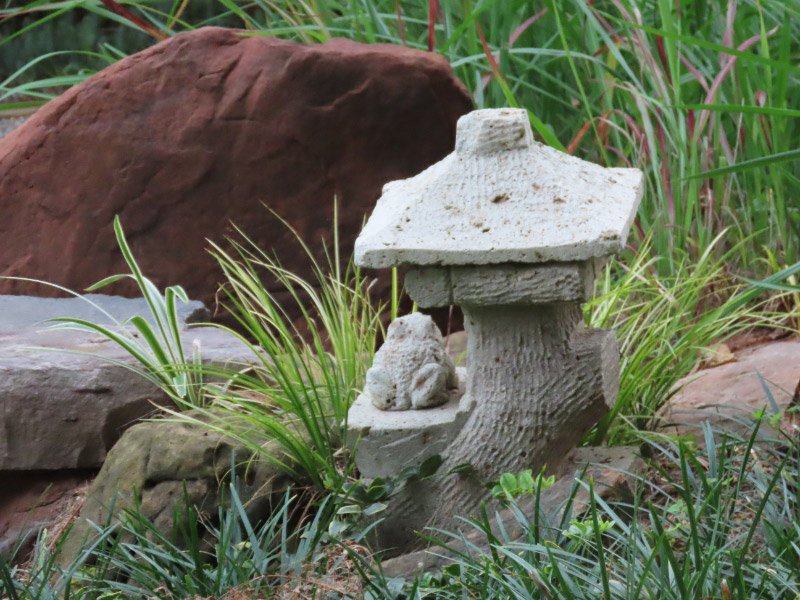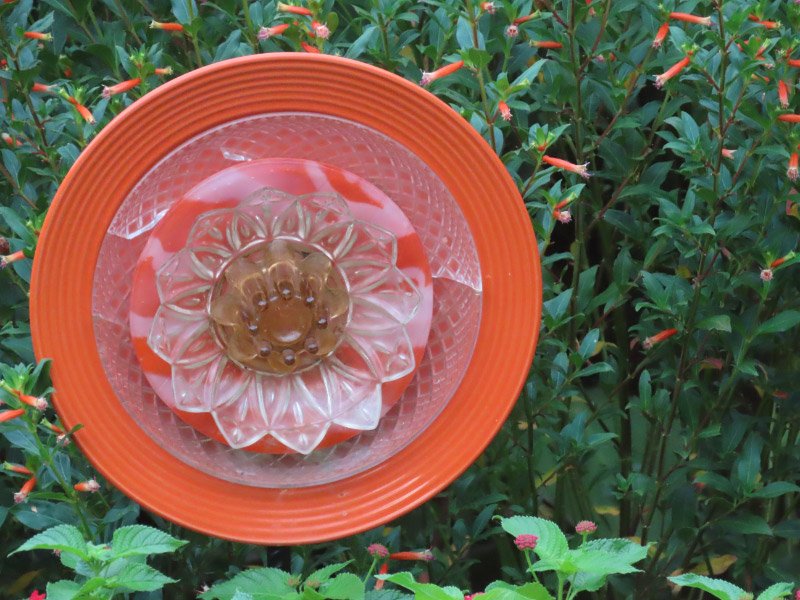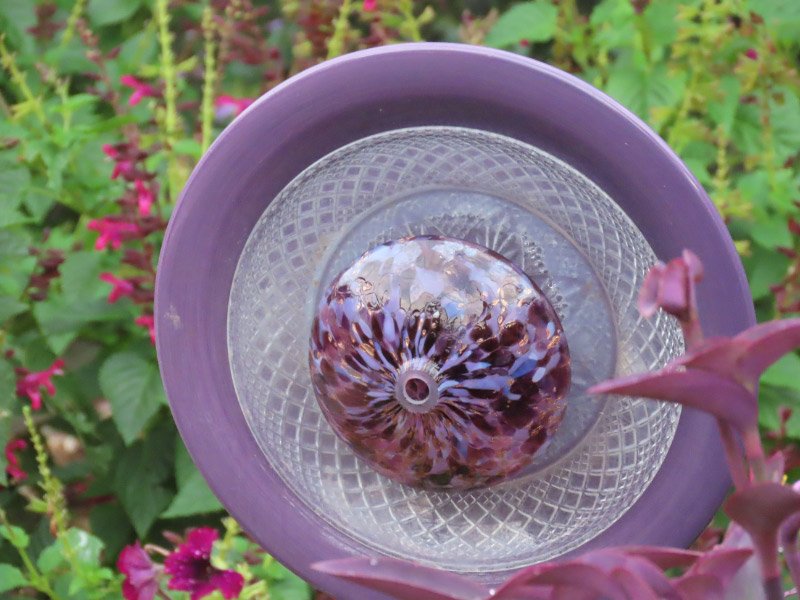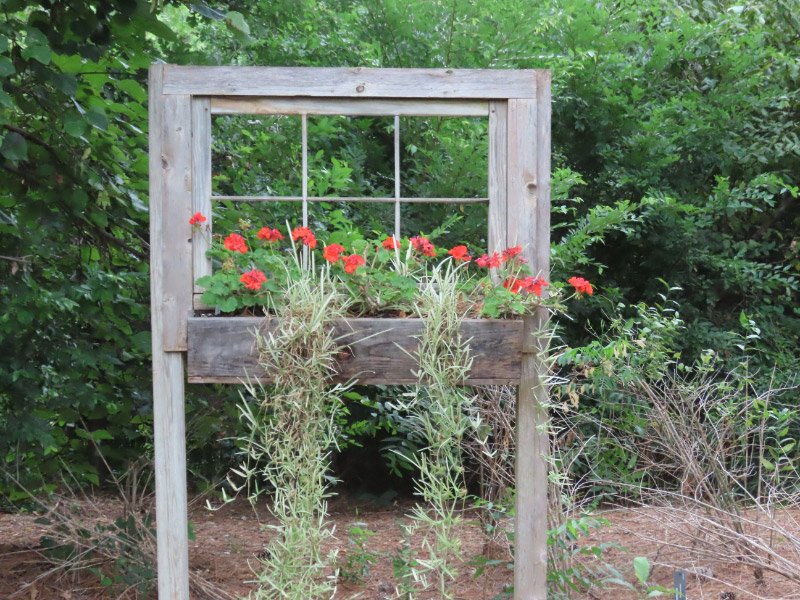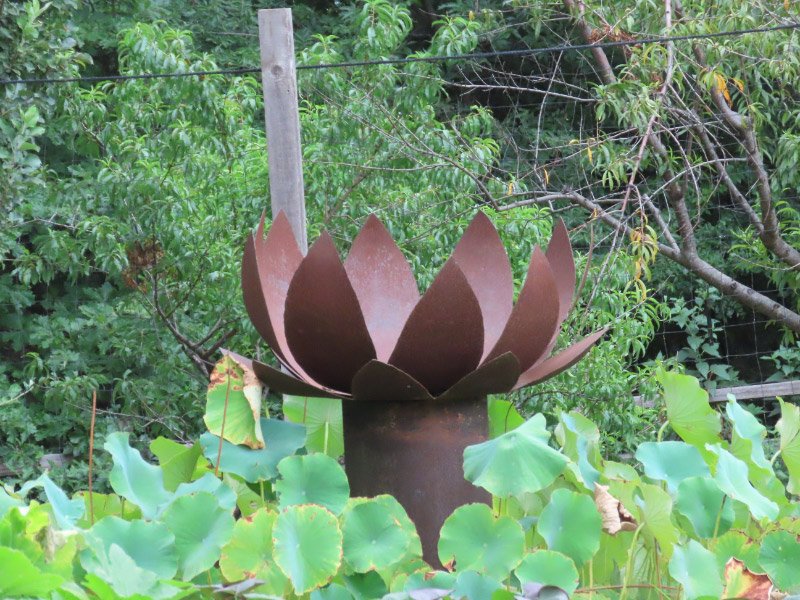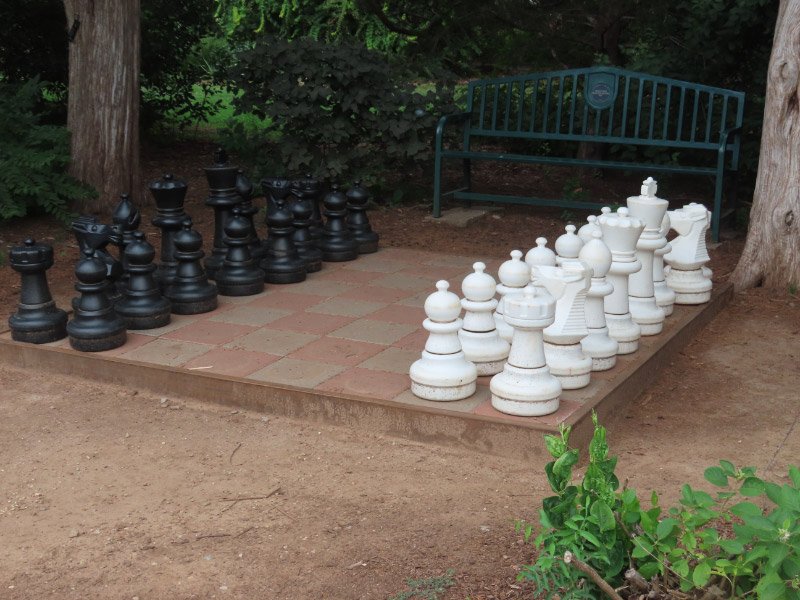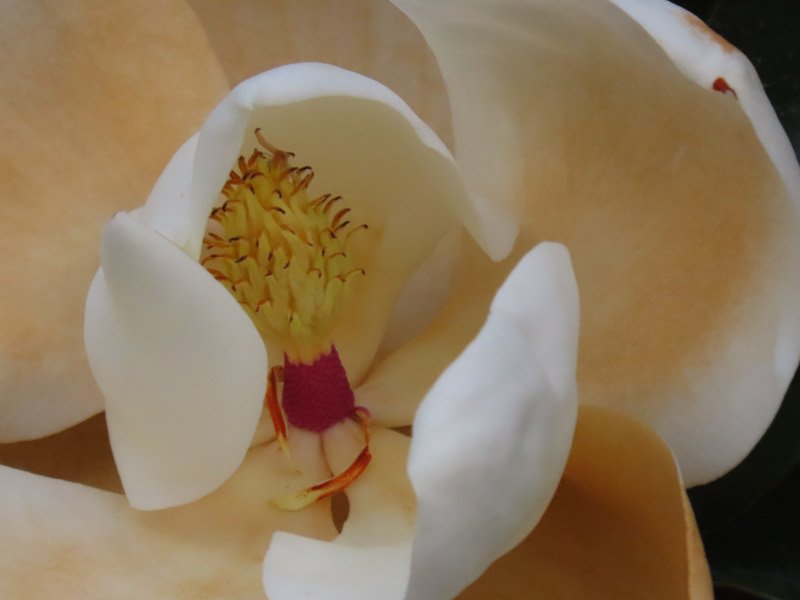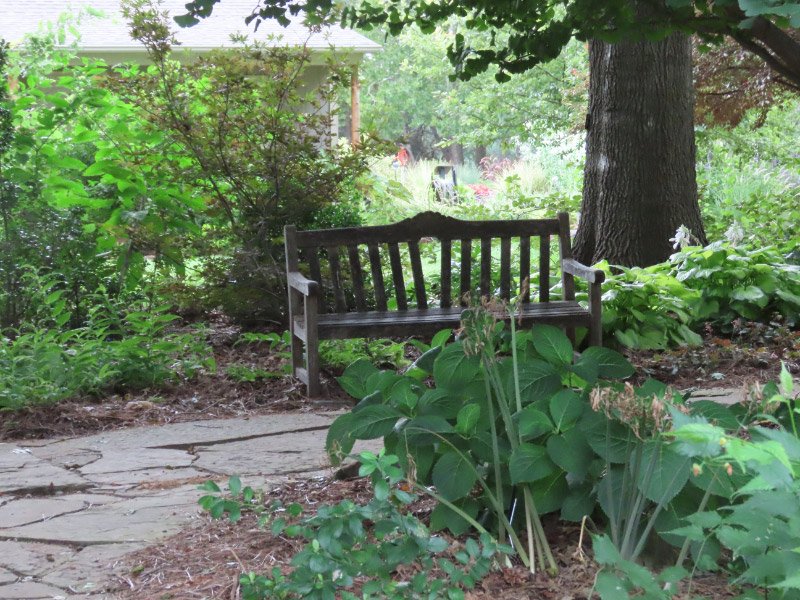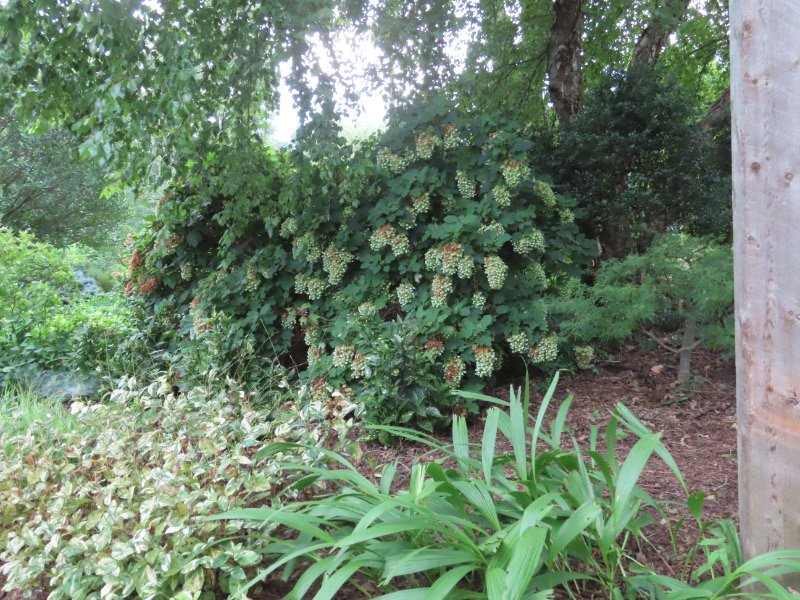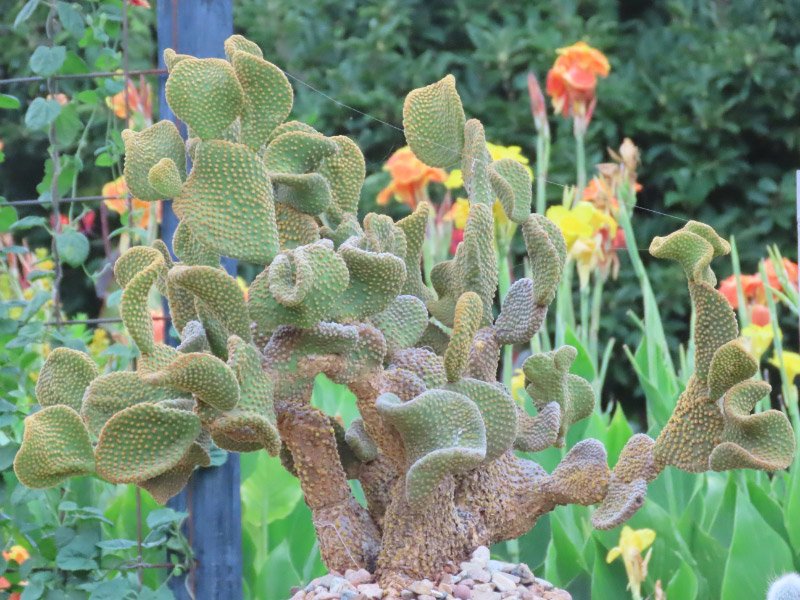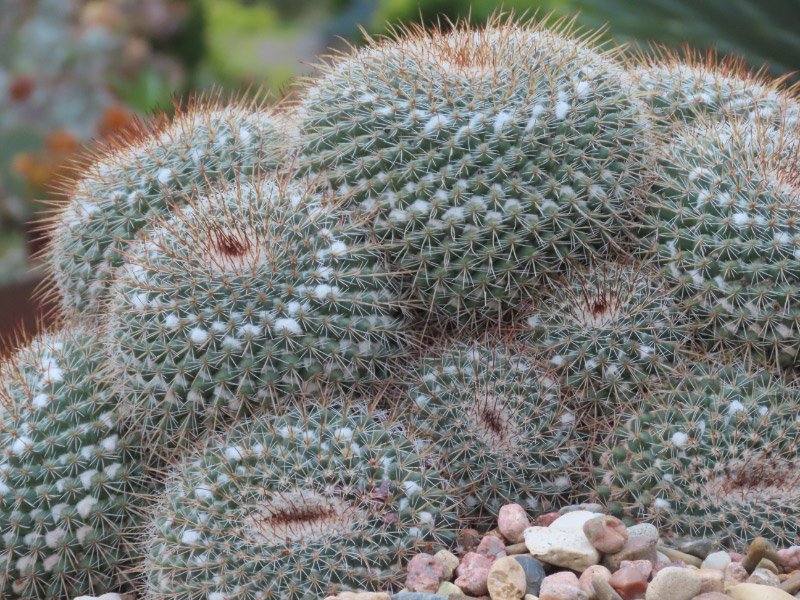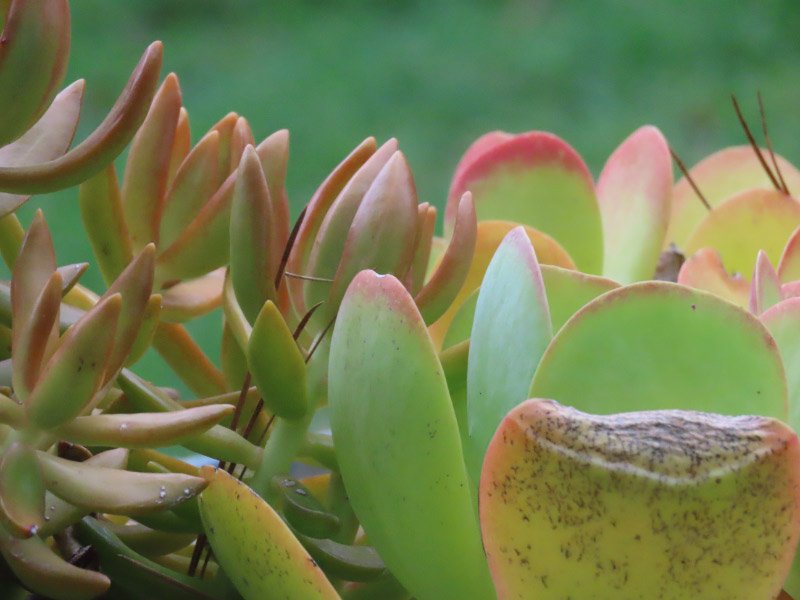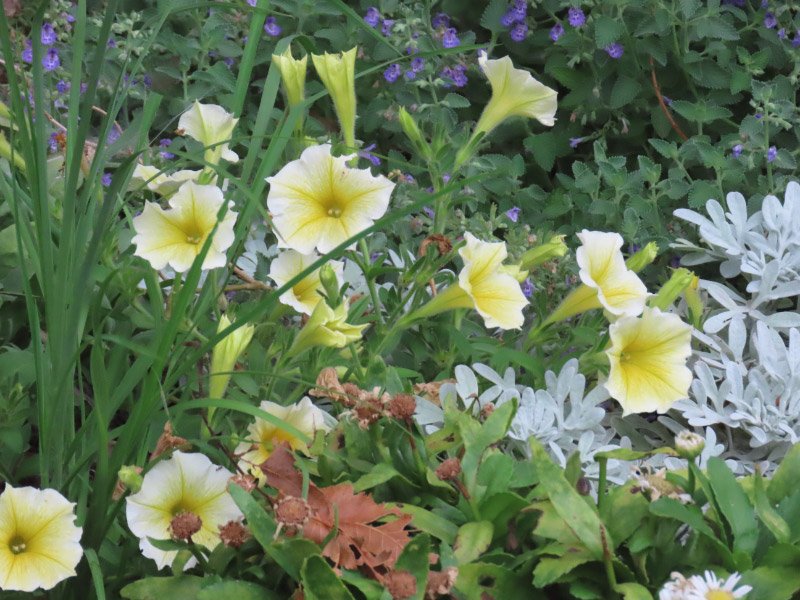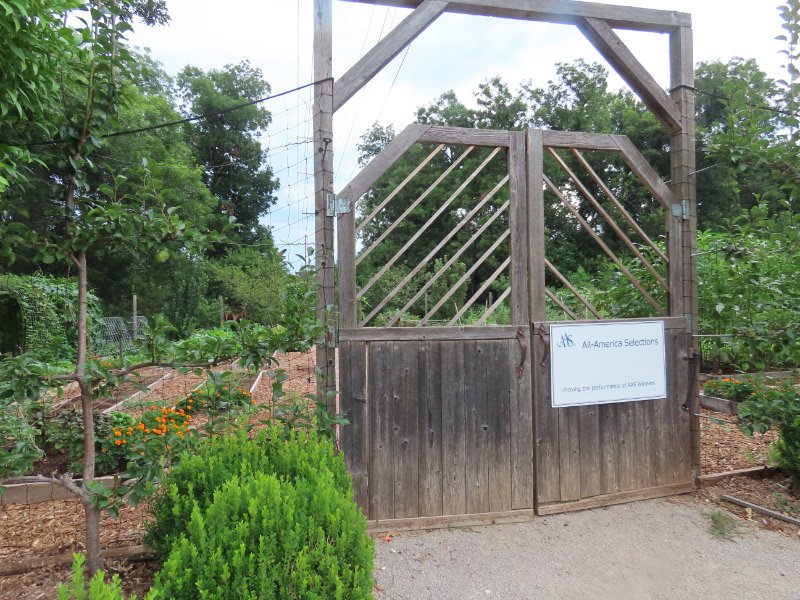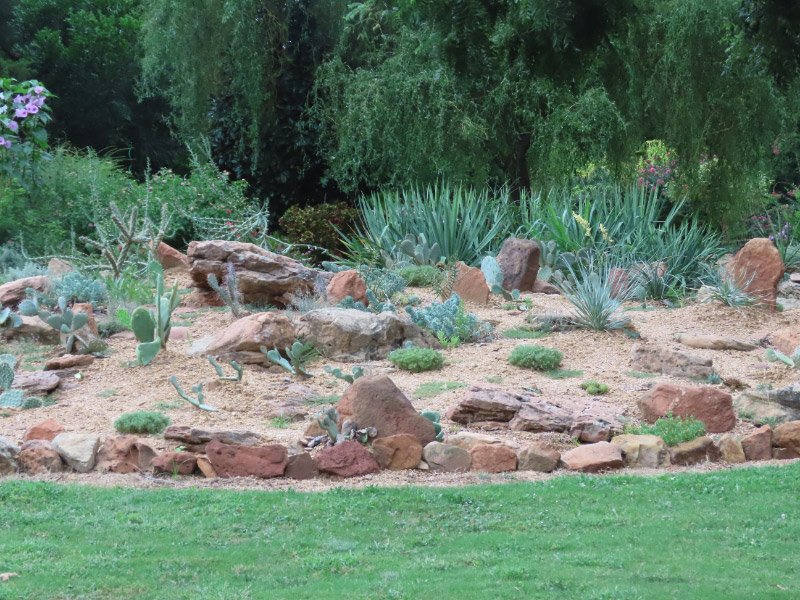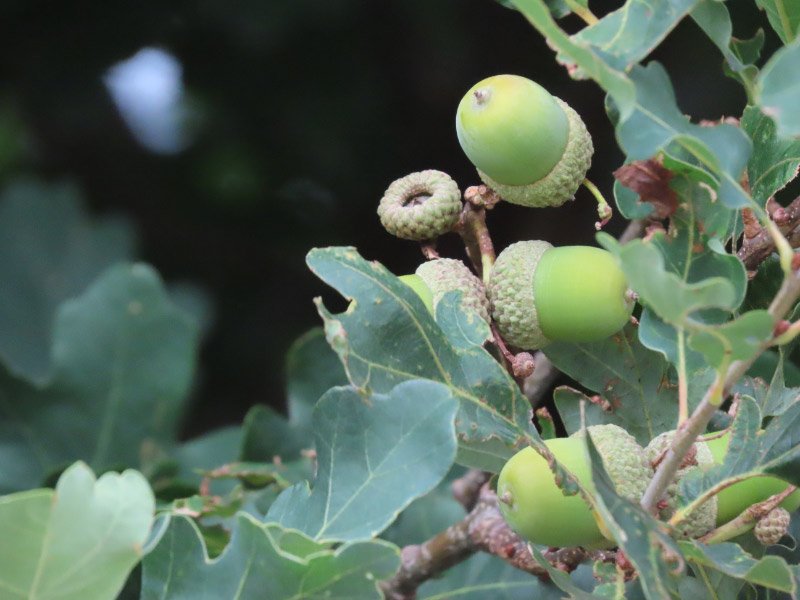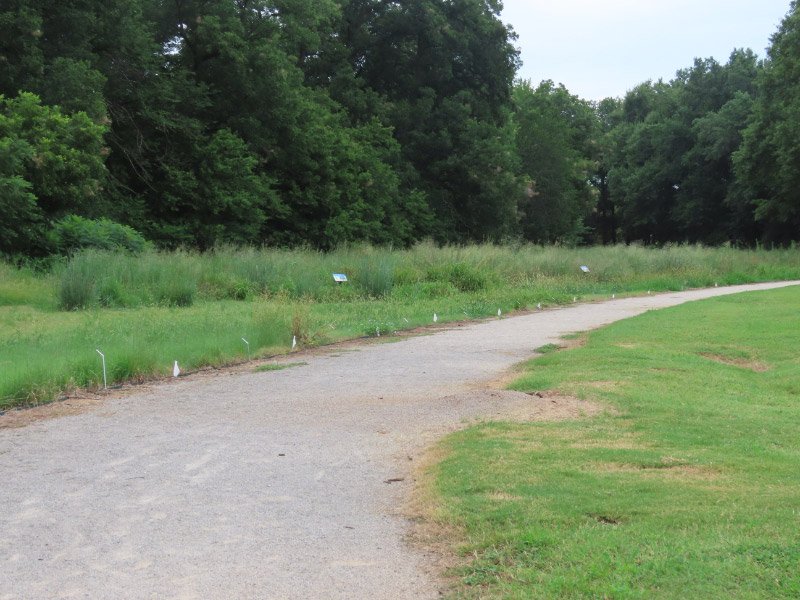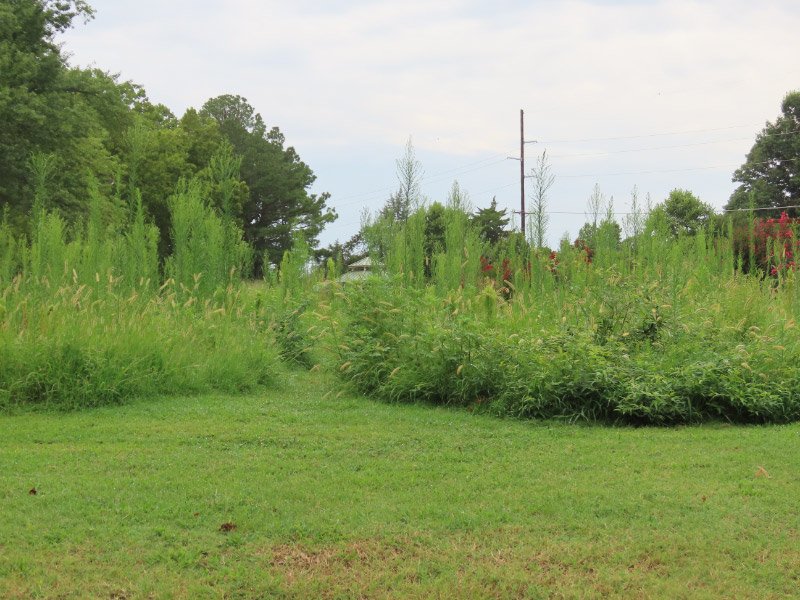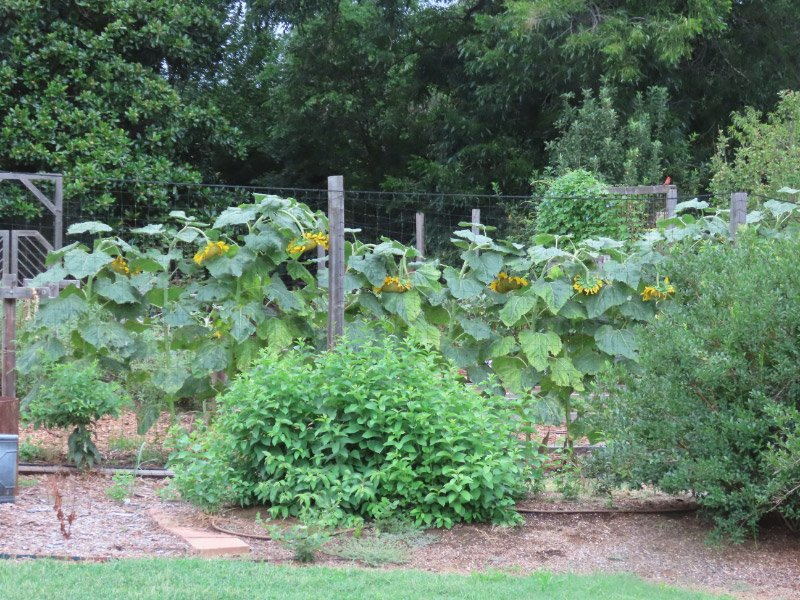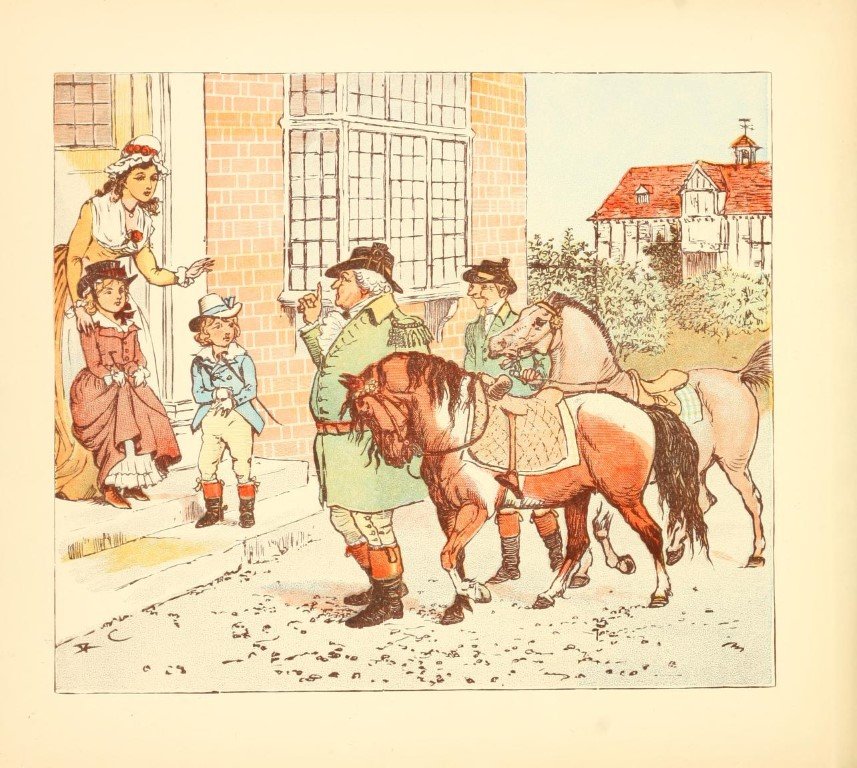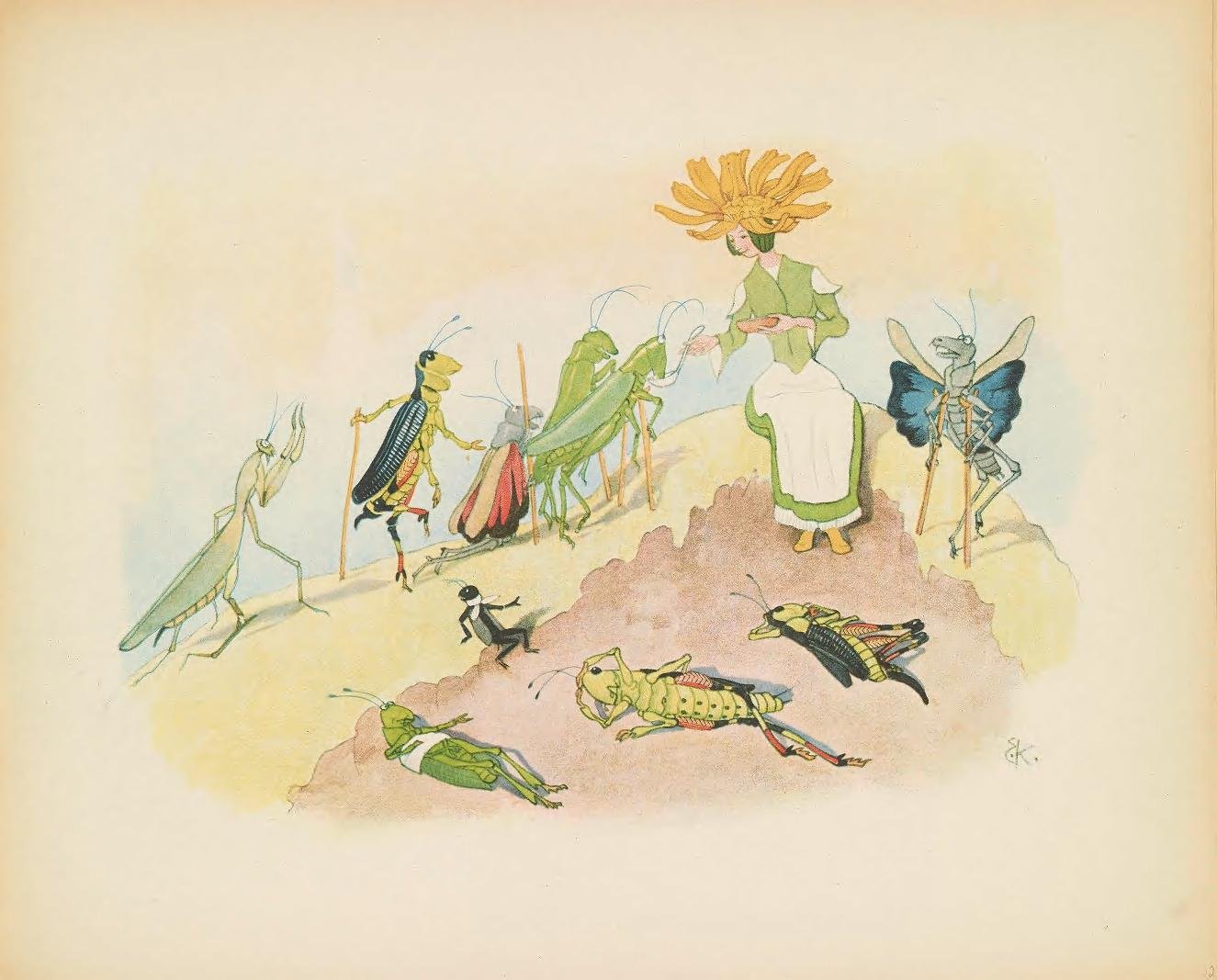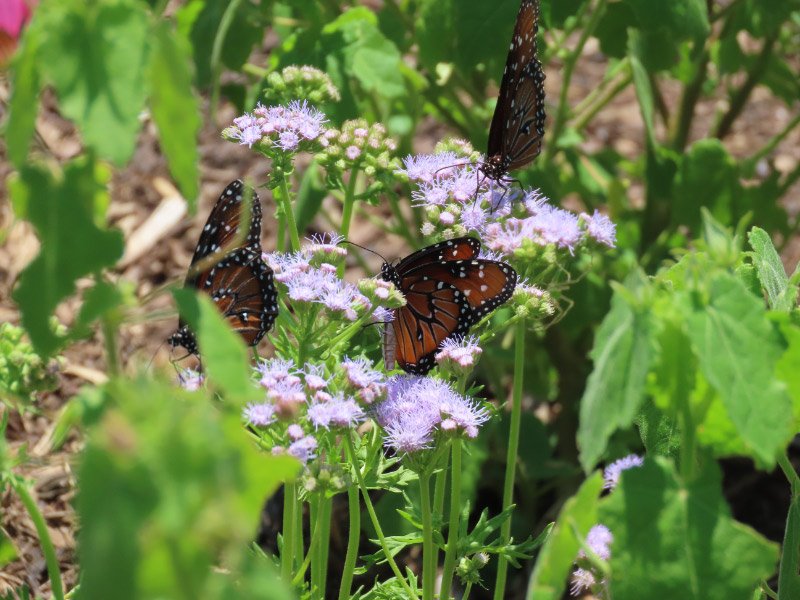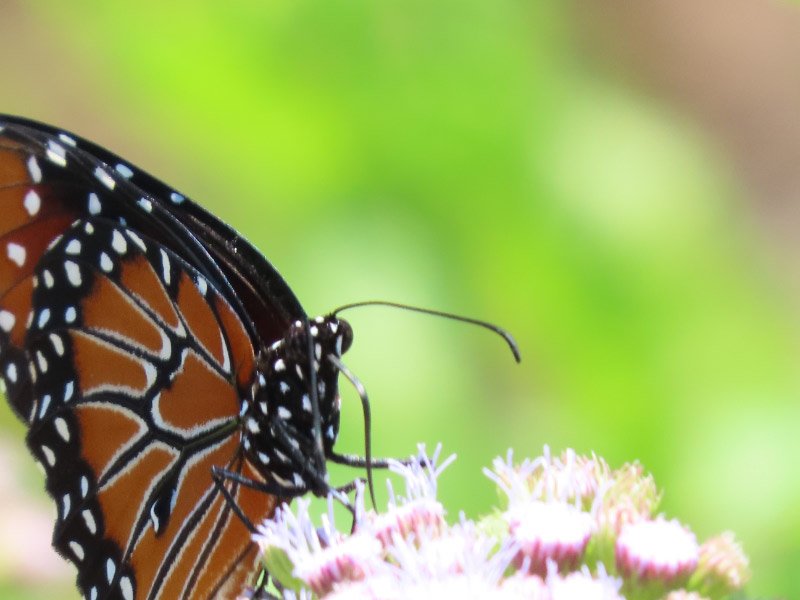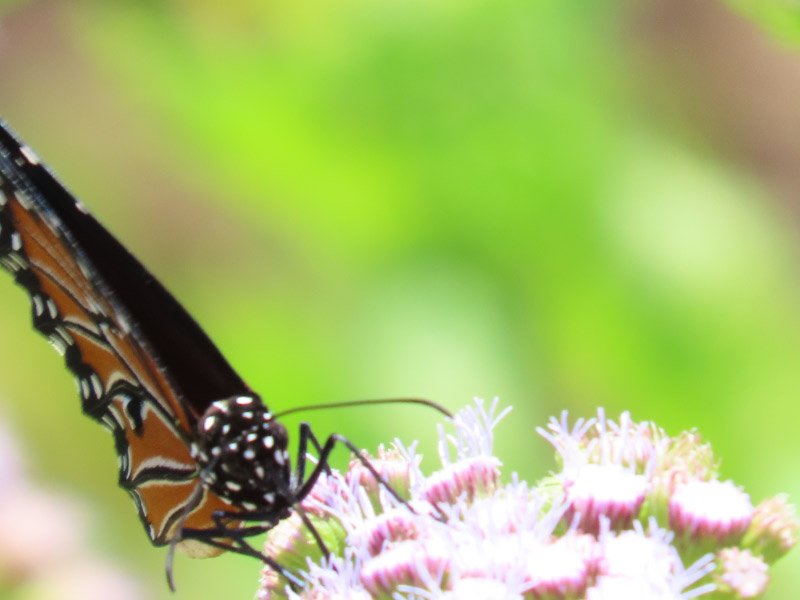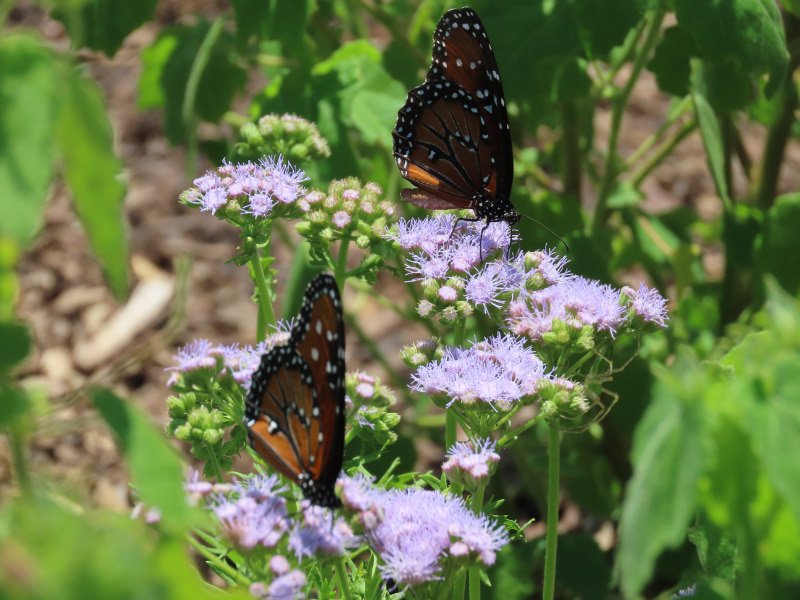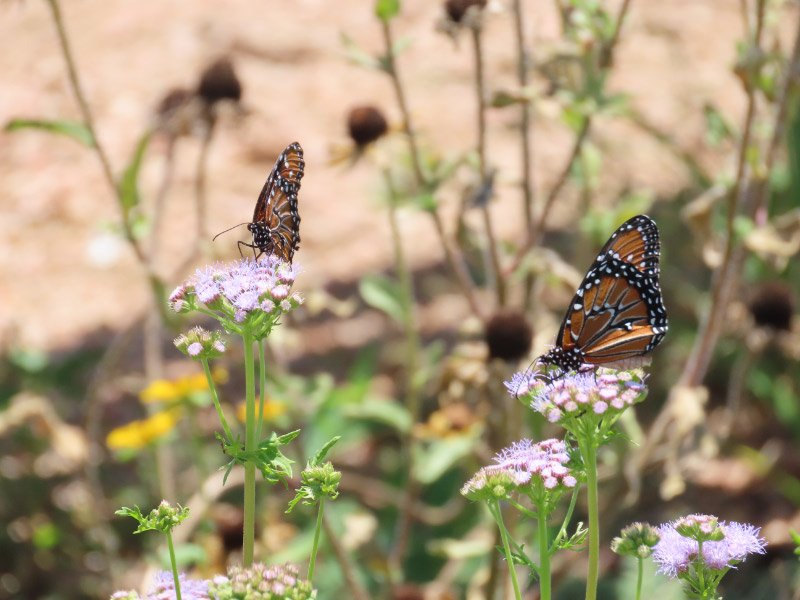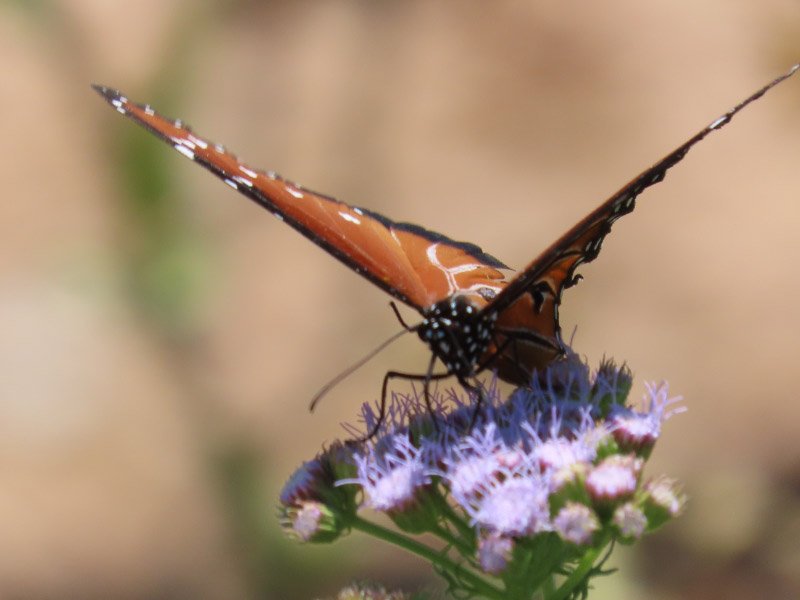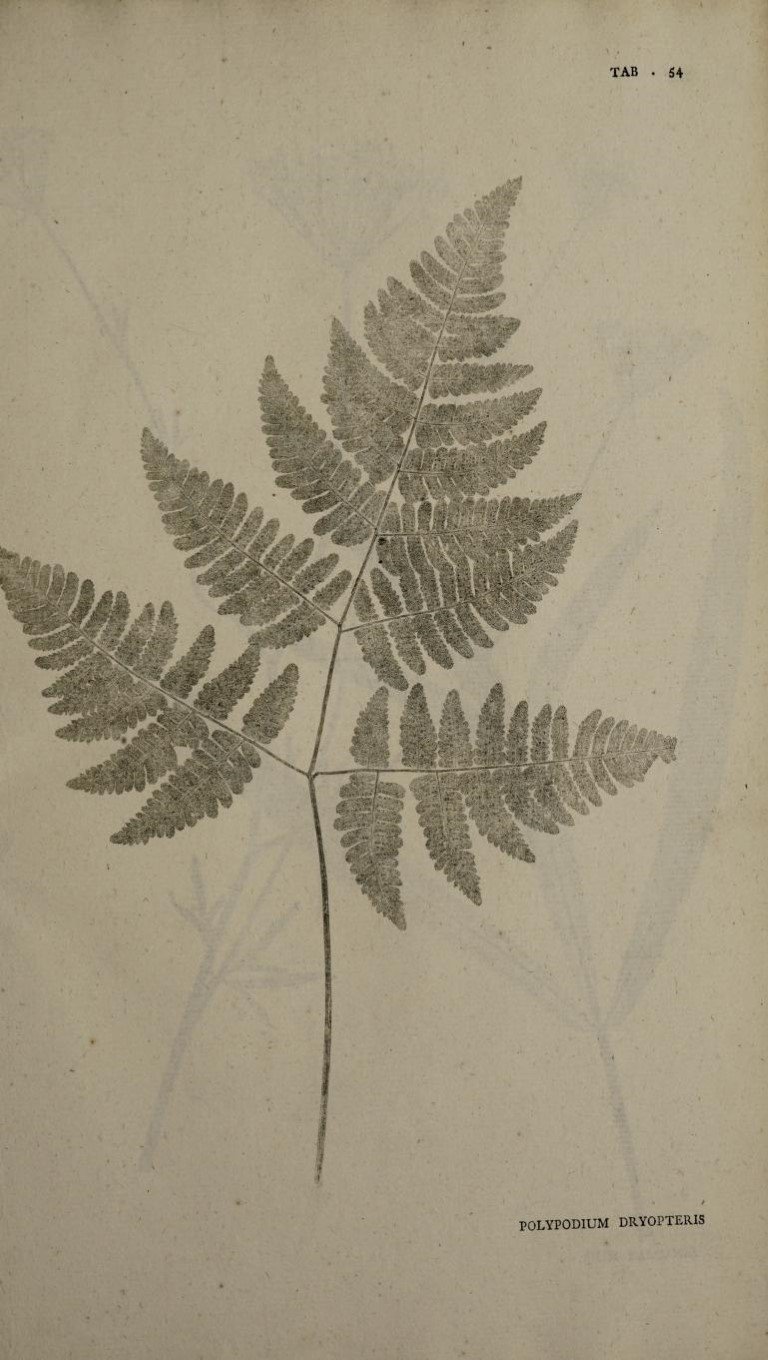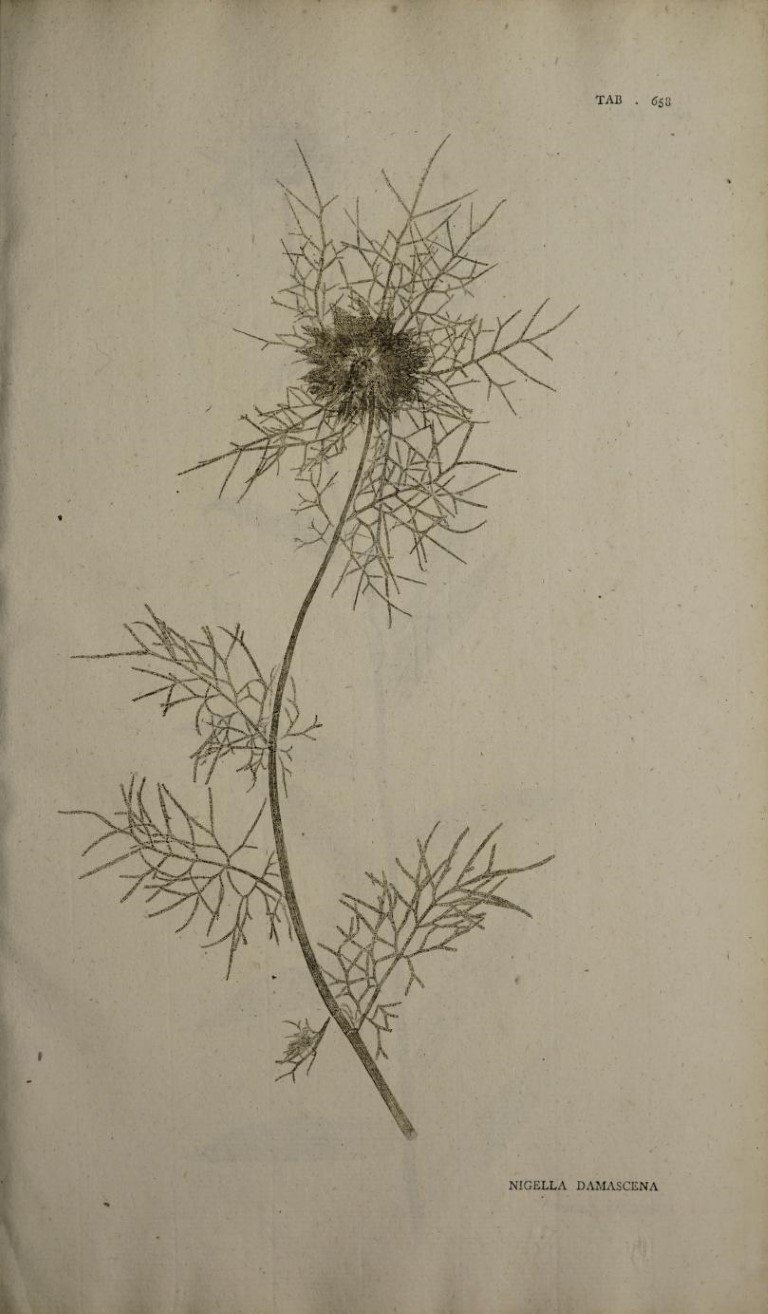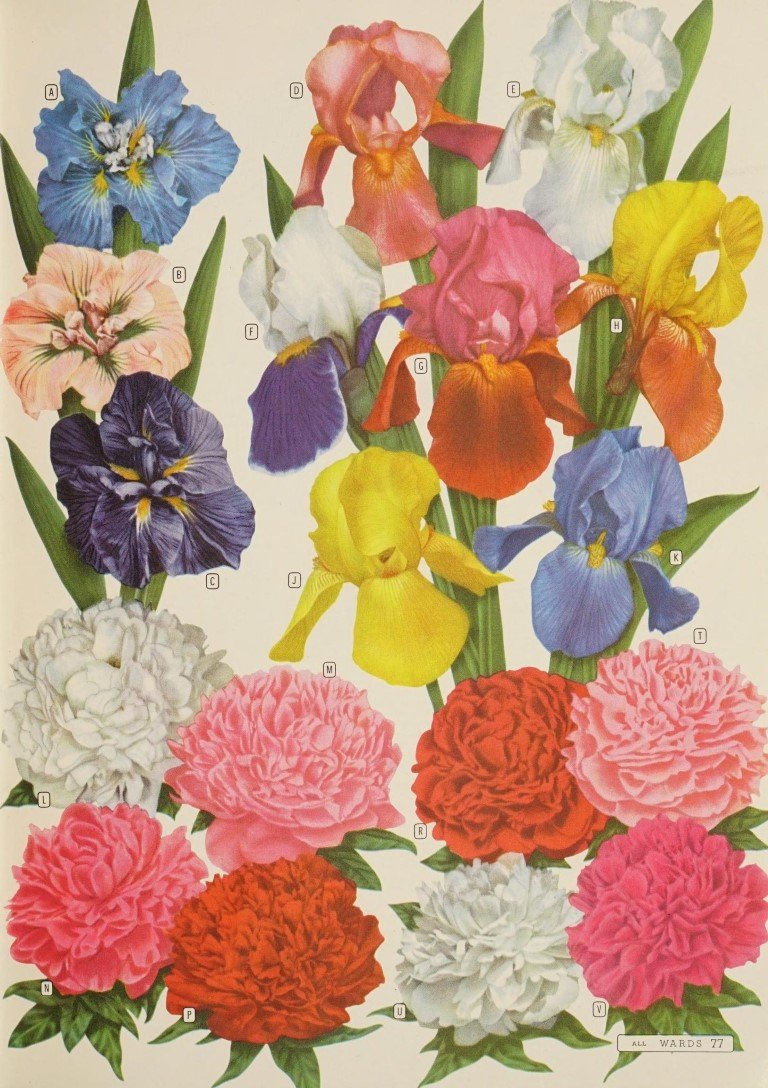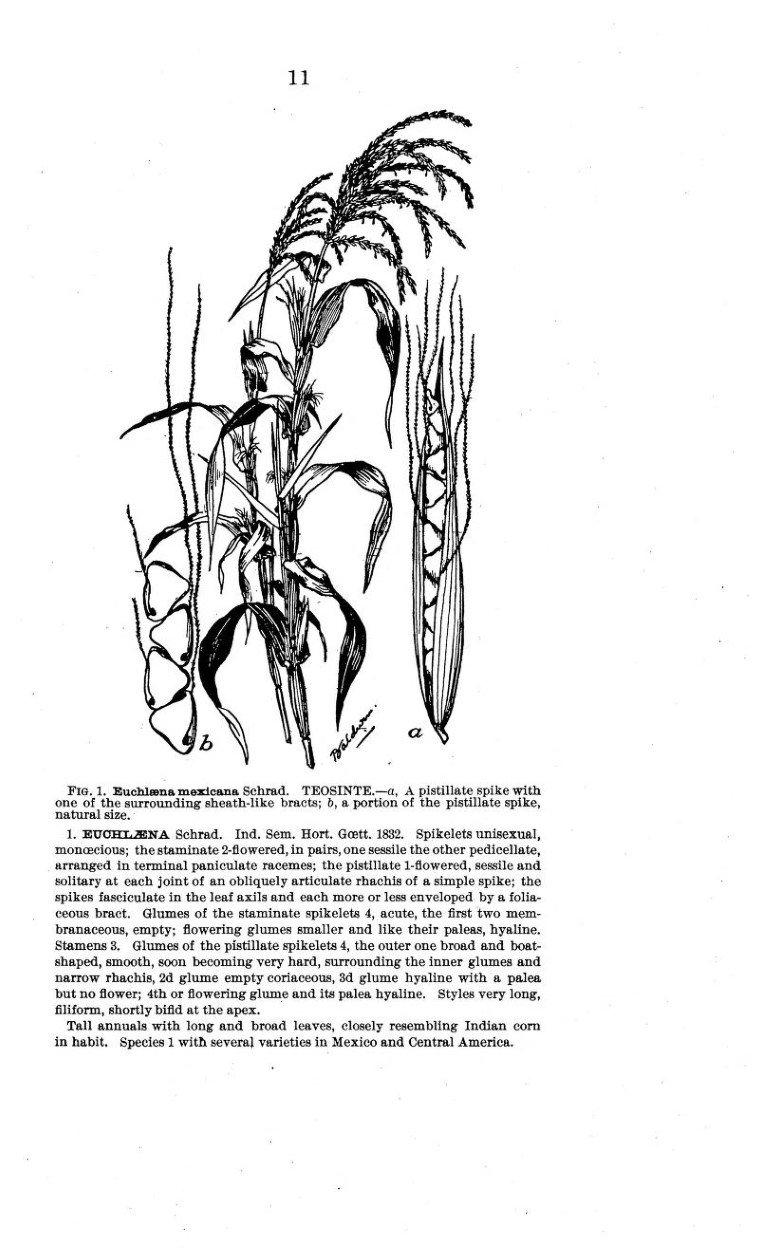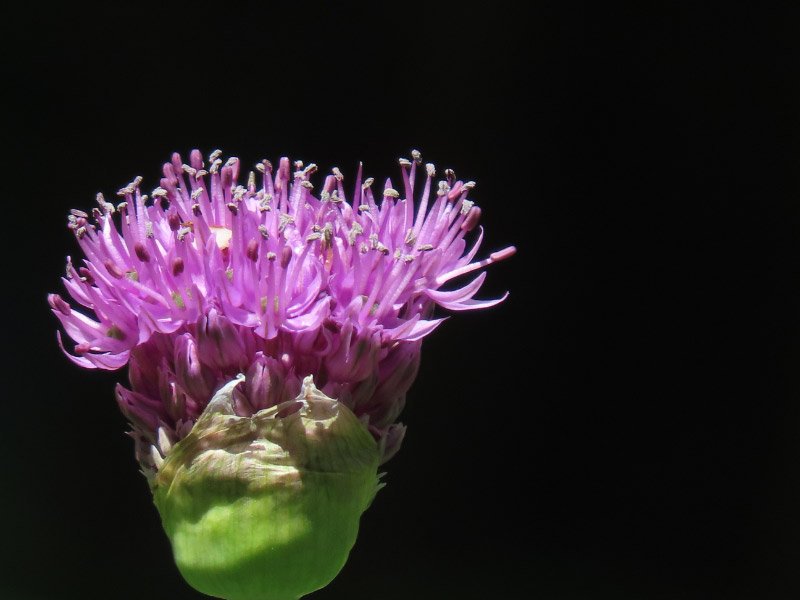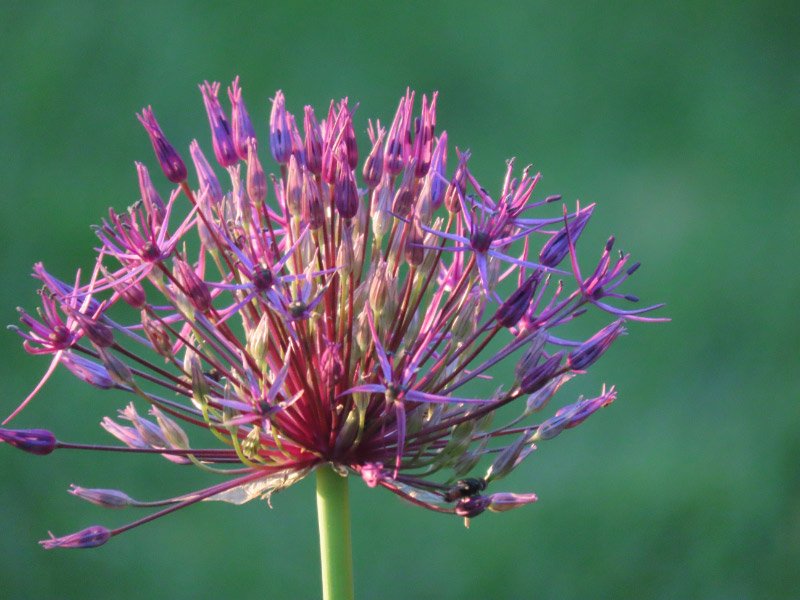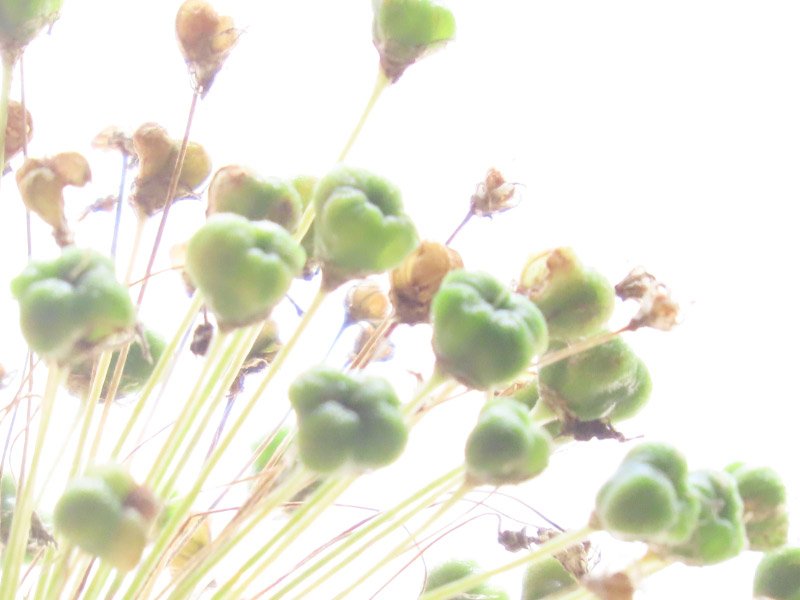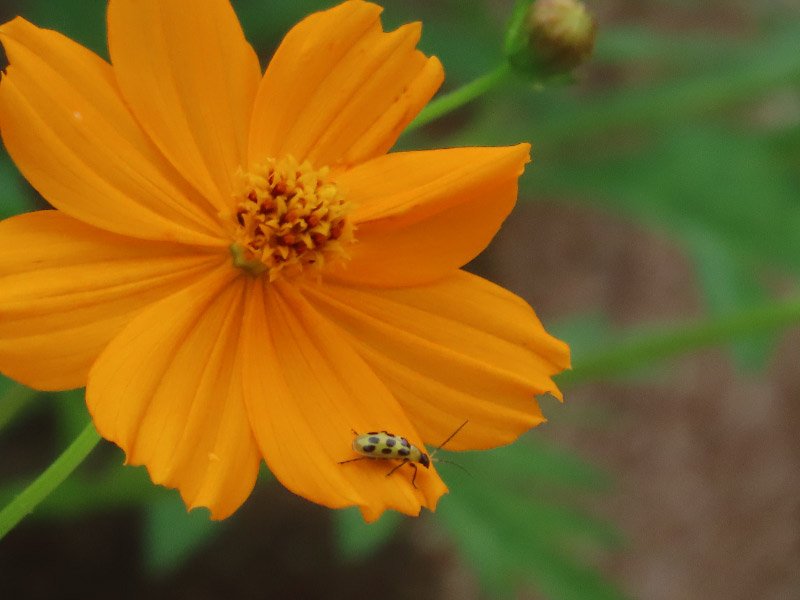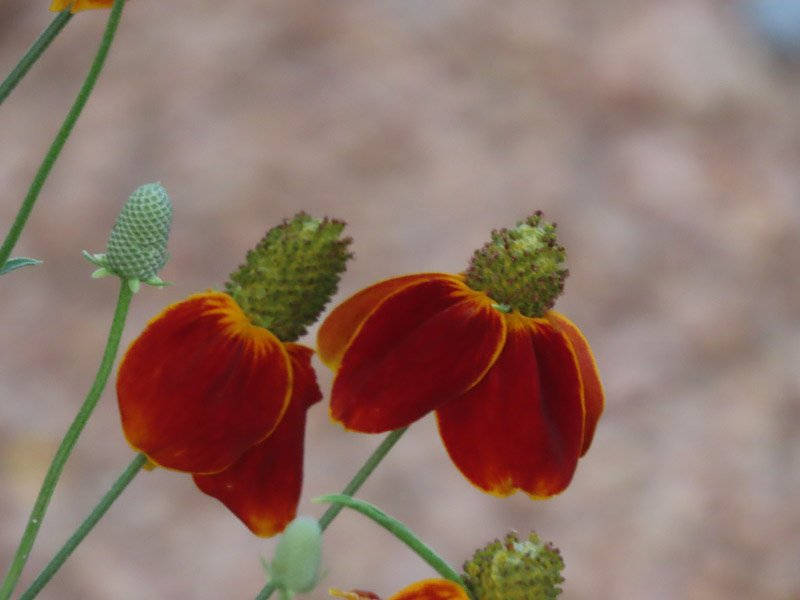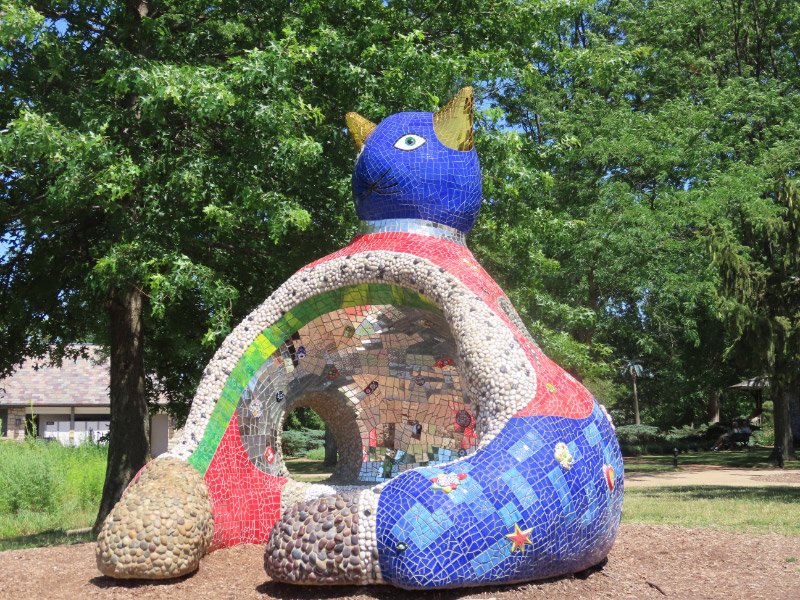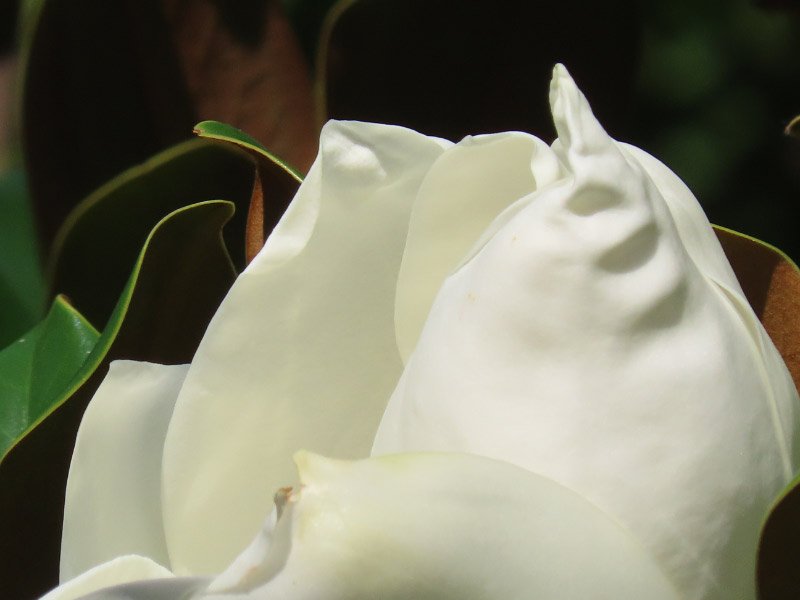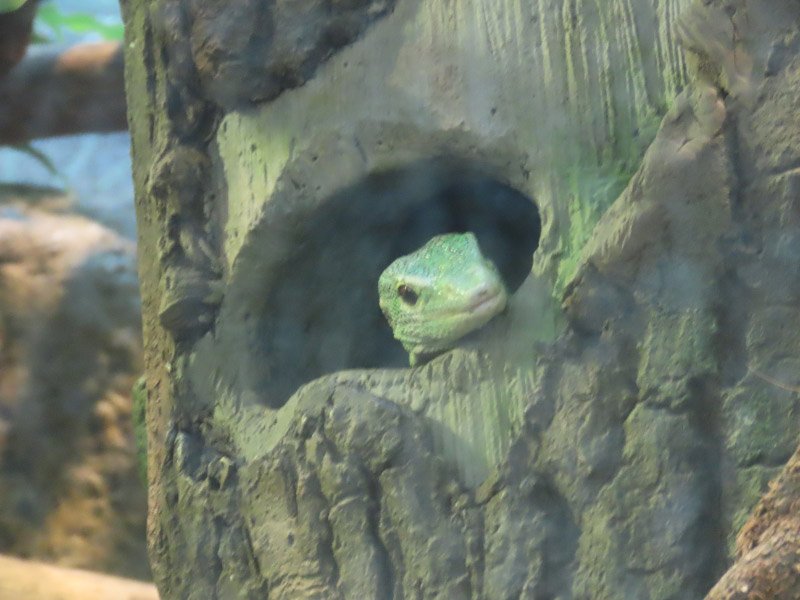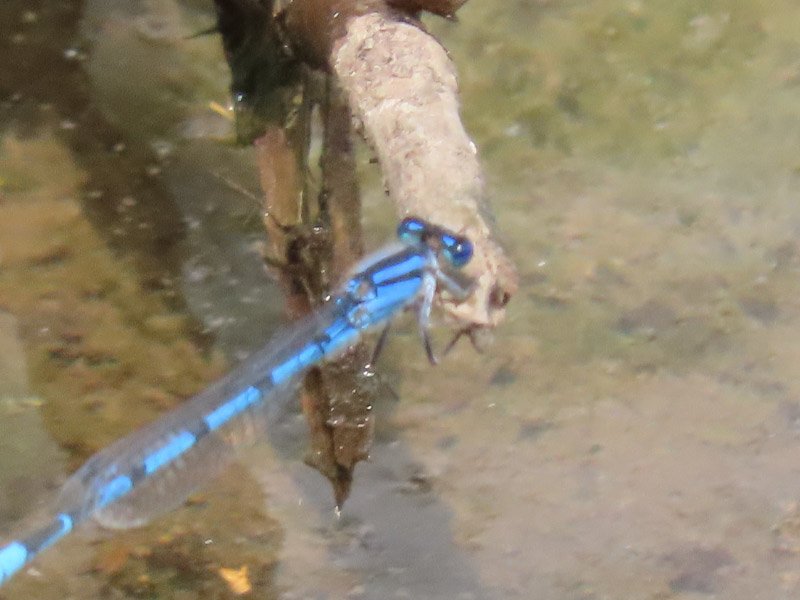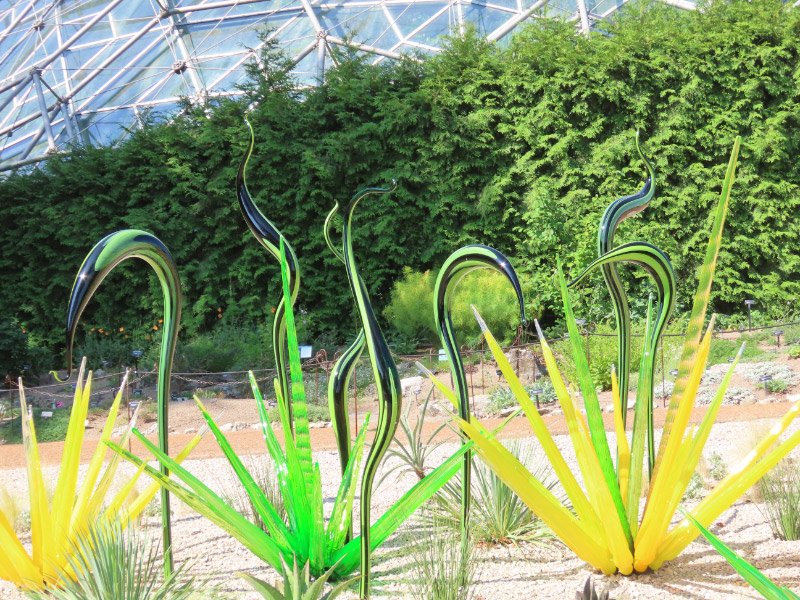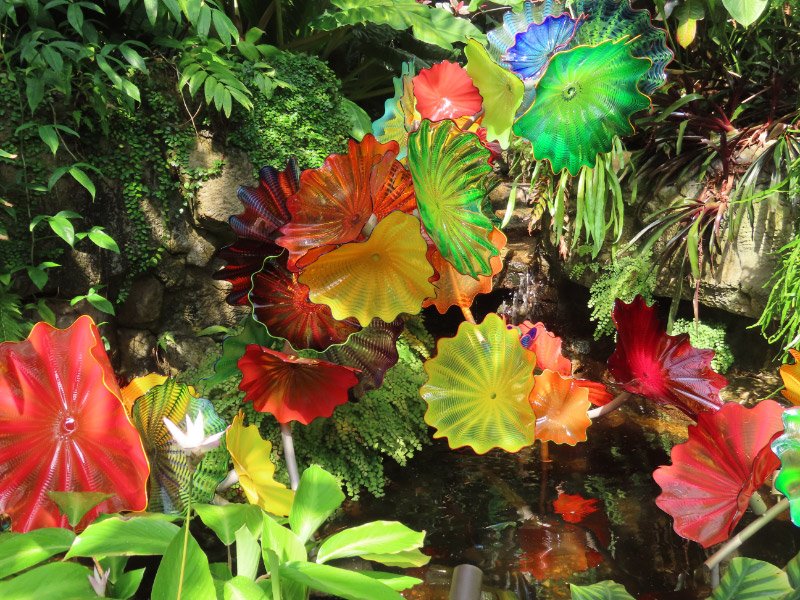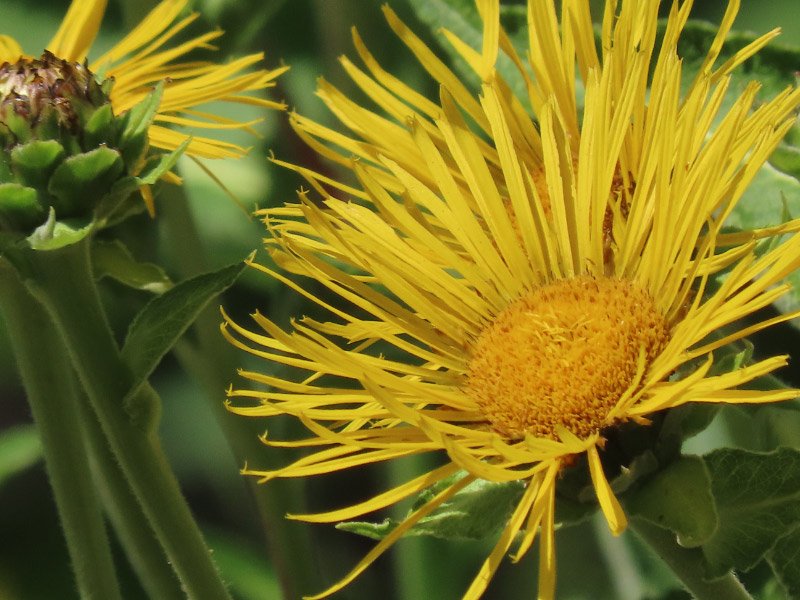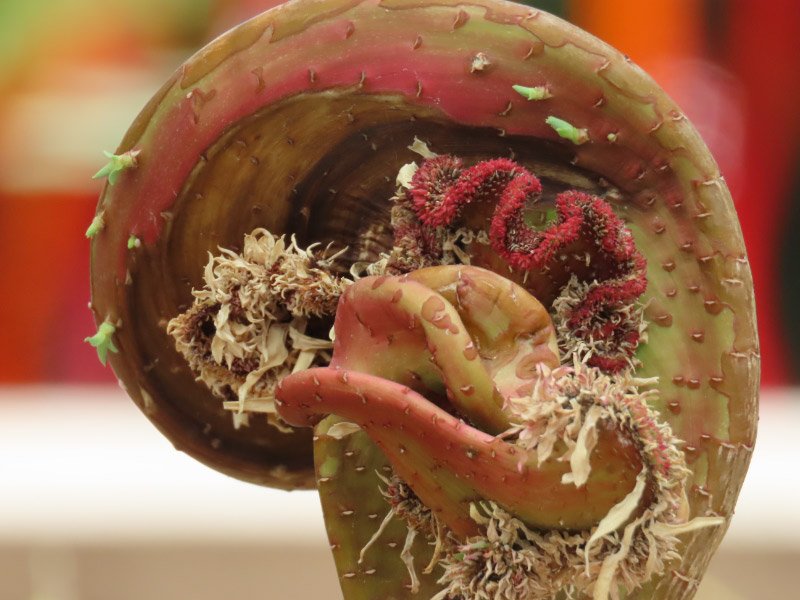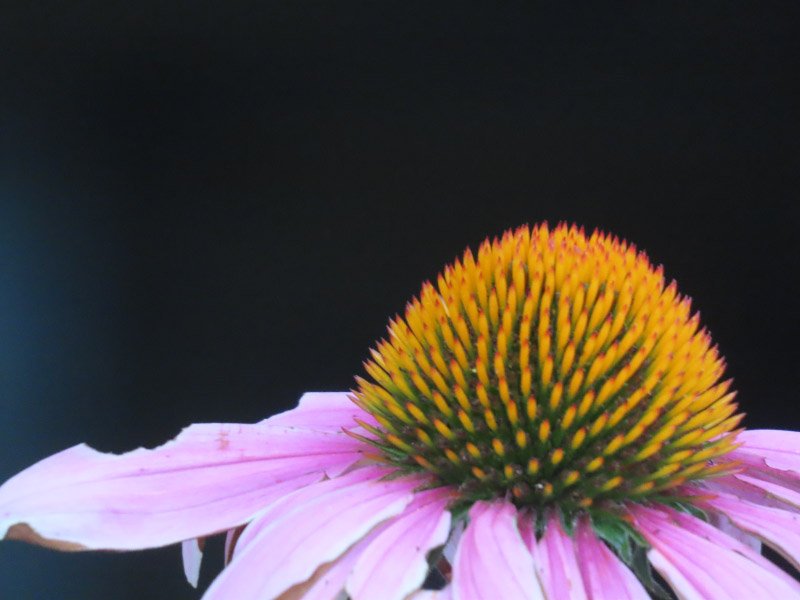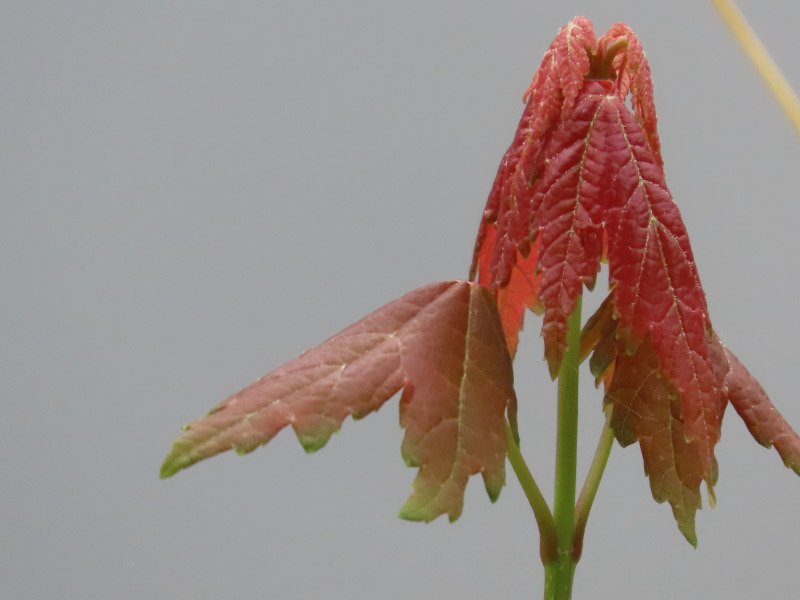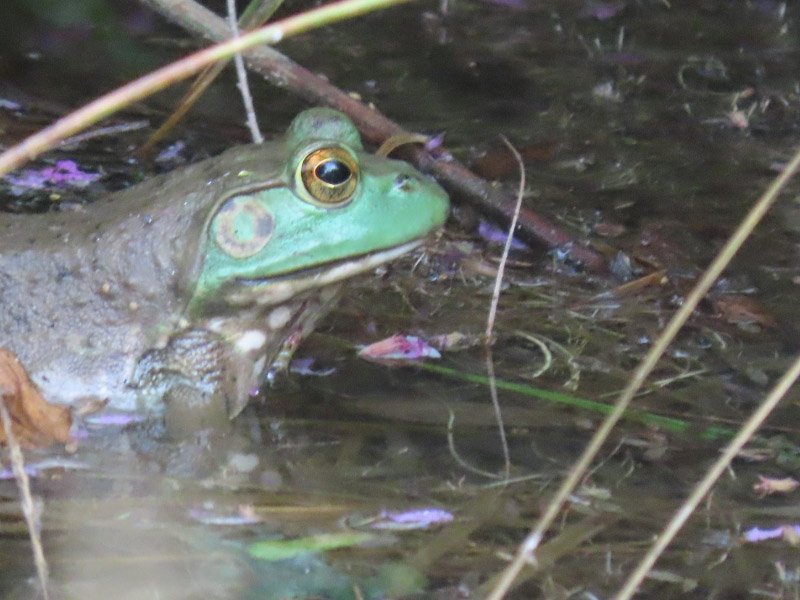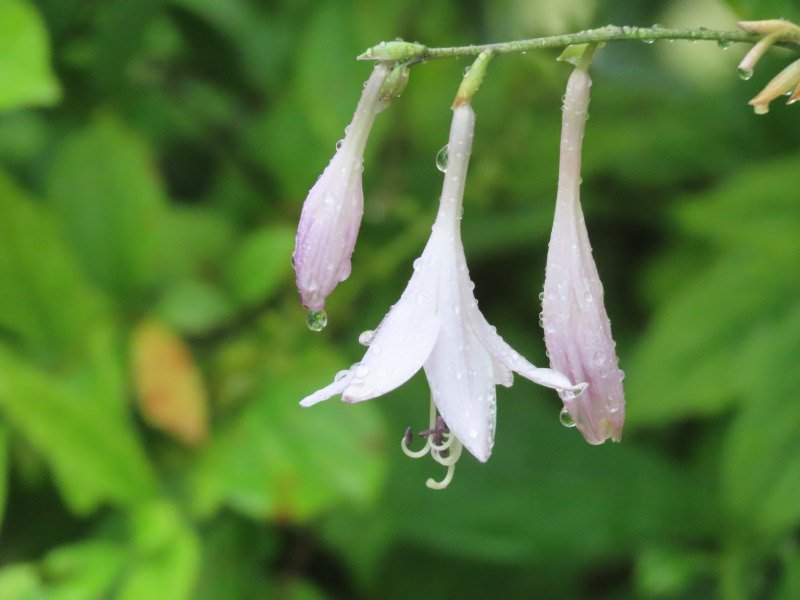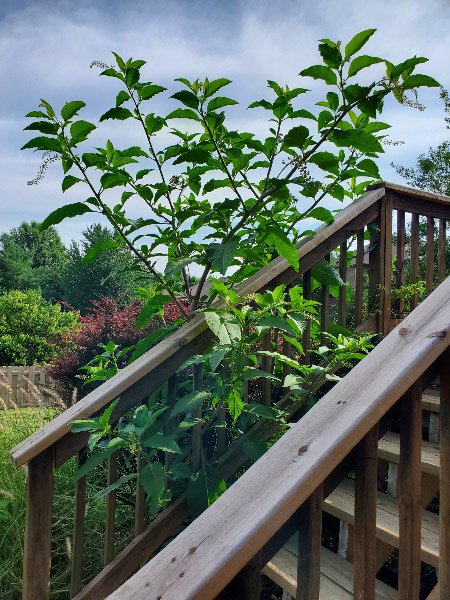eBotanical Prints – August 2023
/Twenty more books were added to the botanical print collection this month – available for browsing on Internet Archive. The first 4 books in August were Japanese flower books by Bairei Kono from 1901 – the year one of my grandfathers was born.
The next three were published in the mid-1800s…not exactly botanical print books but about plants – their depiction, relationship to religion, and uses.
The next three are research publications from the Missouri Botanical Garden published in 1991.
The remaining 10 books are George Engelmann’s scanned botanical notebooks from the mid-1800s. He evidently made his notebooks from whatever paper was available…and used a variety of pencils!
Overall – quite a range of publications!
The whole list of 2,695 botanical eBooks can be accessed here. The list for the August 2023 books with links to the volumes and sample images is at the bottom of this post.
Click on any sample images in the mosaic below to get an enlarged version. Enjoy the August 2023 eBotanical Prints!
Sōka hyakushu V1 pt 1 * Kono, Bairei * sample image * 1901
Sōka hyakushu V1 pt 2 * Kono, Bairei * sample image * 1901
Sōka hyakushu V2 pt 1 * Kono, Bairei * sample image * 1901
Sōka hyakushu V2 pt 2 * Kono, Bairei * sample image * 1901
Lessons in flower painting * Andrews, James * sample image * 1836
A scripture herbal * Callcott, Maria * sample image * 1842
Wanderings among the wild flowers :how to see and how to gather them : with remarks on the economical and medicinal uses of our native plants * Thomson, Spencer * sample image * 1857
The ethnobotany of Aublet's histoire des plantes de la Guiane Françoise (1775) * Plotkin, Mark J.; Boom, Brian M., Allison, Malorye * sample image * 1991
Flora of Nigeria, Caryophyllale * Ghazanfar, Shahina A. * sample image * 1991
Pollen and spores of Barro Colorado Island * Roubik, David W.; Moreno, Jorge Enrique * sample image * 1991
George Engelmann :botanical notebook 38 : Yucca (Agavaceae) * Englmann, George * sample image * 1851
George Engelmann: botanical notebook 4 : Callitrichaceae * Englmann, George * sample image * 1860
George Engelmann :botanical notebook 18 : Gentianaceae * Engelmann, George * sample image * 1847
George Engelmann :botanical notebook 21 : Cuscuta * Engelmann, George * sample image * 1839
George Engelmann : botanical notebook 27 : Nyctagineae, Chenopodiaceae, Polygonaceae, Aristolochiaceae, Loranthaceae, Urticaceae, Platanaceae, Juglandaceae, Fagaceae, Betulaceae, Salicaceae * Engelmann, George * sample image * 1842
George Engelmann :botanical notebook 10 : Phyllocactus, Disocactus, Epiphyllum, Lepismium, Rhipsalis * Englmann, George * sample image * 1856
George Engelmann :botanical notebook 45 : Polyanthus, Sagittaria, Echinodorus, Najadaceae, Najas, Potamogetonaceae, Cyperaceae, Gramineae * Engelmann, George * sample image * 1840
George Engelmann :botanical notebook 9 : Echinocereus, Cereus, Eulychnia, Pilocereus * Engelmann, George * sample image * 1846
George Engelmann :botanical notebook 8 : Cereus * Engelmann, George * sample image * 1846
George Engelmann :botanical notebook 57 : Juniperus * Englmann, George * sample image * 1850


